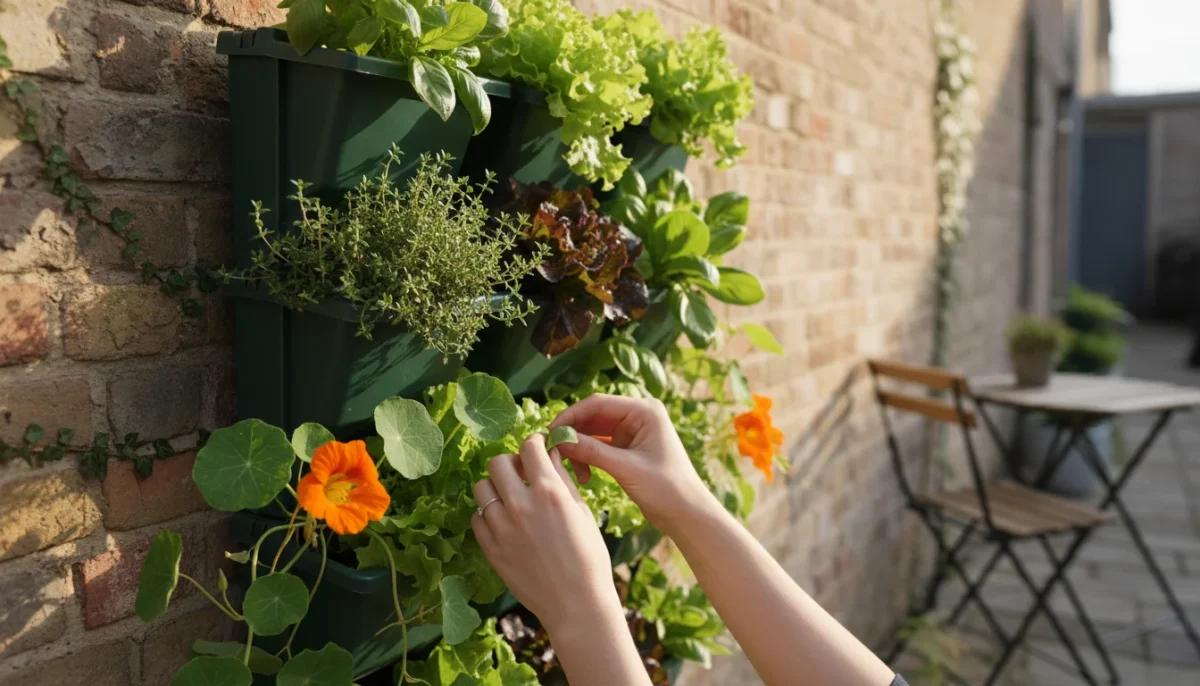Do you dream of a lush garden but feel limited by a tiny patio, a narrow balcony, or just a small patch of yard? Vertical gardening transforms your growing space by moving plants upwards, turning walls, railings, and even corners into vibrant green canvases. This innovative approach makes gardening accessible, even for those with the most constrained footprints. Imagine harvesting fresh herbs from a living wall right outside your kitchen, or enjoying a burst of colorful flowers cascading down a vertical planter. It is an efficient, beautiful, and highly rewarding way to bring nature into your home.
This guide will demystify the world of vertical garden systems. We compare various types, break down their benefits, and help you choose the ideal system for your specific needs, budget, and gardening aspirations. We provide practical insights, plant suggestions, and maintenance tips to ensure your vertical garden thrives. Let us explore the best options for maximizing your green space.
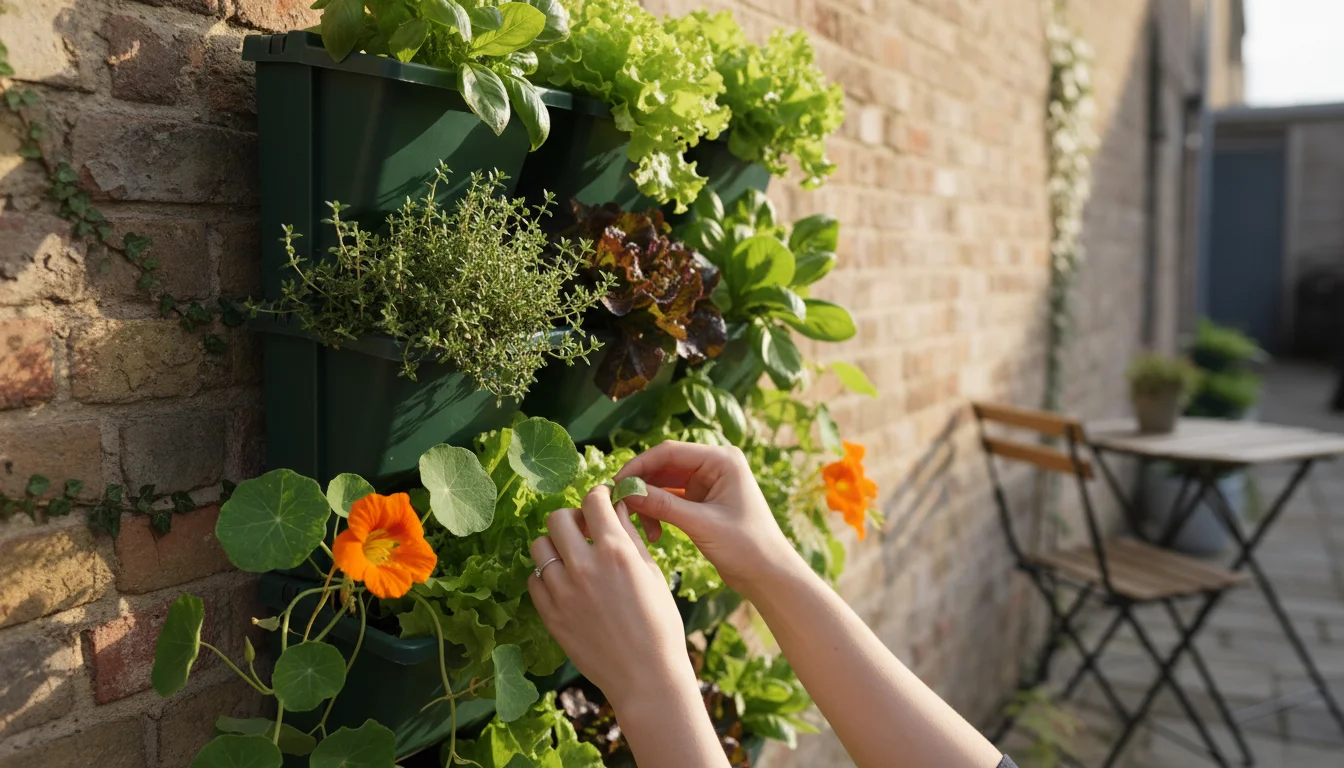
What Are Vertical Garden Systems and Why Choose One?
A vertical garden system allows you to grow plants in a stacked or tiered arrangement, utilizing vertical space instead of horizontal ground area. Think of it as gardening upwards rather than outwards. These systems come in various forms, from simple wall planters to complex hydroponic setups, all designed to maximize plant density within a compact footprint. For anyone facing limited yard space, a balcony, a patio, or even just a sunny wall indoors, vertical gardening offers a transformative solution.
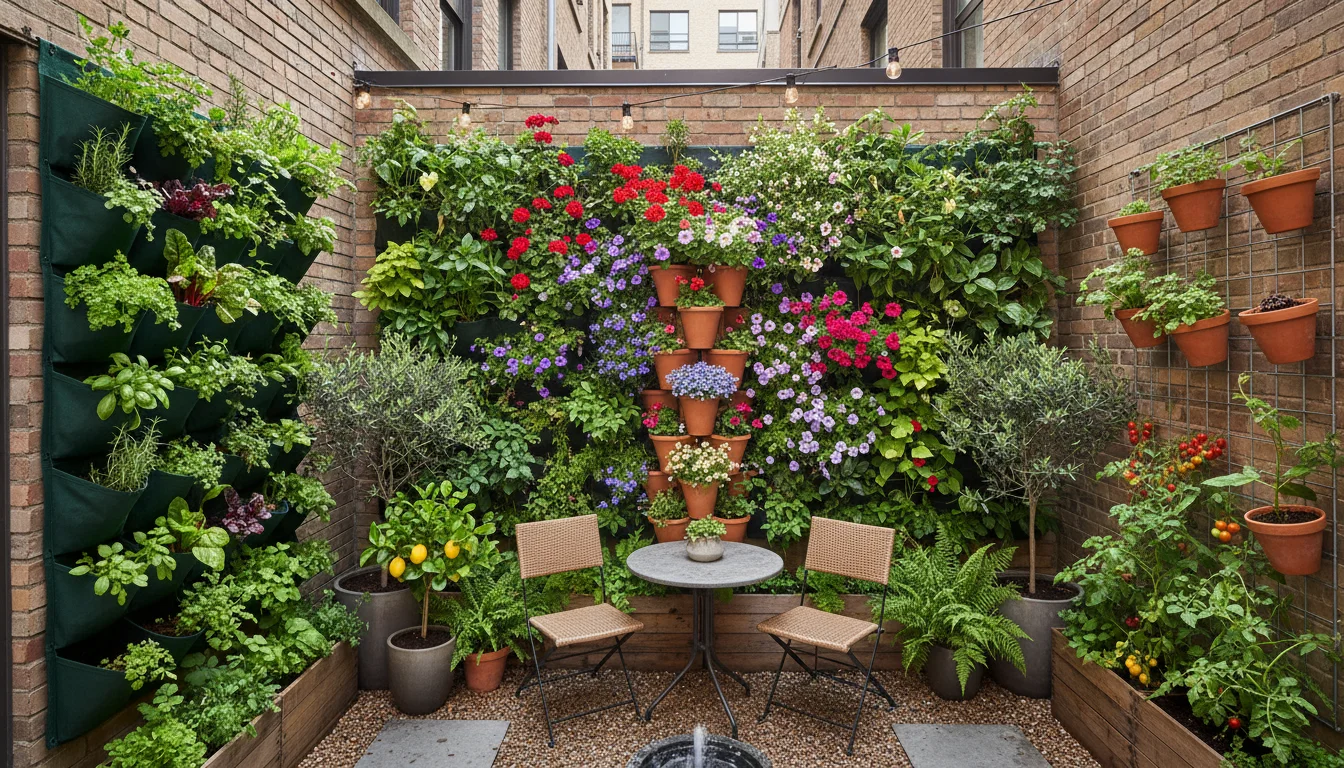
The Compelling Benefits of Vertical Gardening
Embracing a vertical garden system provides numerous advantages, particularly for urban dwellers and those new to gardening:
- Maximizes Space: This is the primary driver. You convert unused wall space or a small corner into a productive garden. A 2-foot by 2-foot footprint can yield as much as a 10-foot row of plants on the ground, depending on the system and plant choice. It is ideal for small balconies, apartment living, and tight backyards where traditional beds are not feasible.
- Aesthetic Enhancement: Vertical gardens are inherently beautiful. They transform bland walls into living art, adding vibrancy, texture, and a sense of calm to any environment. A well-designed vertical garden serves as a focal point, boosting your property’s curb appeal or brightening an indoor space.
- Improved Air Quality: Plants naturally filter pollutants and release oxygen. A vertical garden, particularly indoors, contributes to cleaner, fresher air within your home. A 2015 study published in the journal Environmental Science & Technology showed that indoor plants effectively reduce common indoor air pollutants like formaldehyde and benzene.
- Increased Accessibility: Growing plants at eye level or waist height reduces the need for bending and kneeling, making gardening more comfortable for individuals with mobility challenges. This design also makes harvesting easier and less strenuous.
- Reduced Pests and Diseases: Elevating plants above ground level can deter some common ground-dwelling pests, such as slugs and snails. Improved air circulation around the plants, which vertical designs often provide, also reduces the likelihood of fungal diseases.
- Water Efficiency: Many vertical garden systems, especially those with integrated irrigation or hydroponic designs, are engineered for precise water delivery directly to the roots. This minimizes evaporation and runoff, leading to significant water savings compared to traditional in-ground gardening. Some systems can use 70-90% less water than conventional methods.
- Sound Dampening: A dense vertical garden acts as a natural sound barrier, absorbing ambient noise. This benefit is particularly valuable in urban environments or on busy streets, creating a more tranquil space.
Whether your goal is to grow fresh produce, cultivate beautiful ornamentals, or simply enhance your living environment, a vertical garden system offers a practical, engaging, and highly effective solution. It proves that you do not need a vast plot of land to enjoy the many pleasures and benefits of gardening.
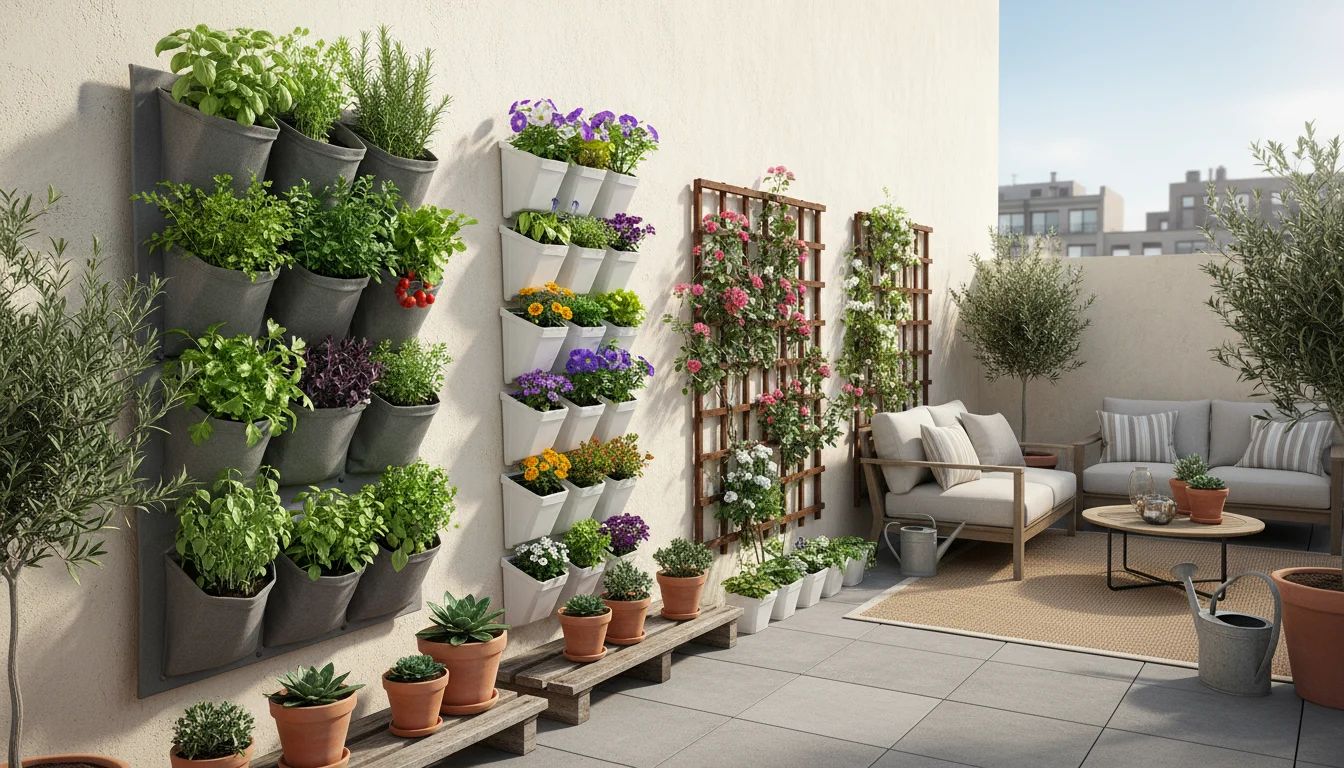
Understanding the Core Types of Vertical Garden Systems
Vertical garden systems broadly fall into a few distinct categories, each with its own structure, planting method, and suitability. Knowing these foundational types helps you assess which design best aligns with your space, budget, and gardening style. As you consider wall planters or other vertical kits, you will encounter variations of these core systems.
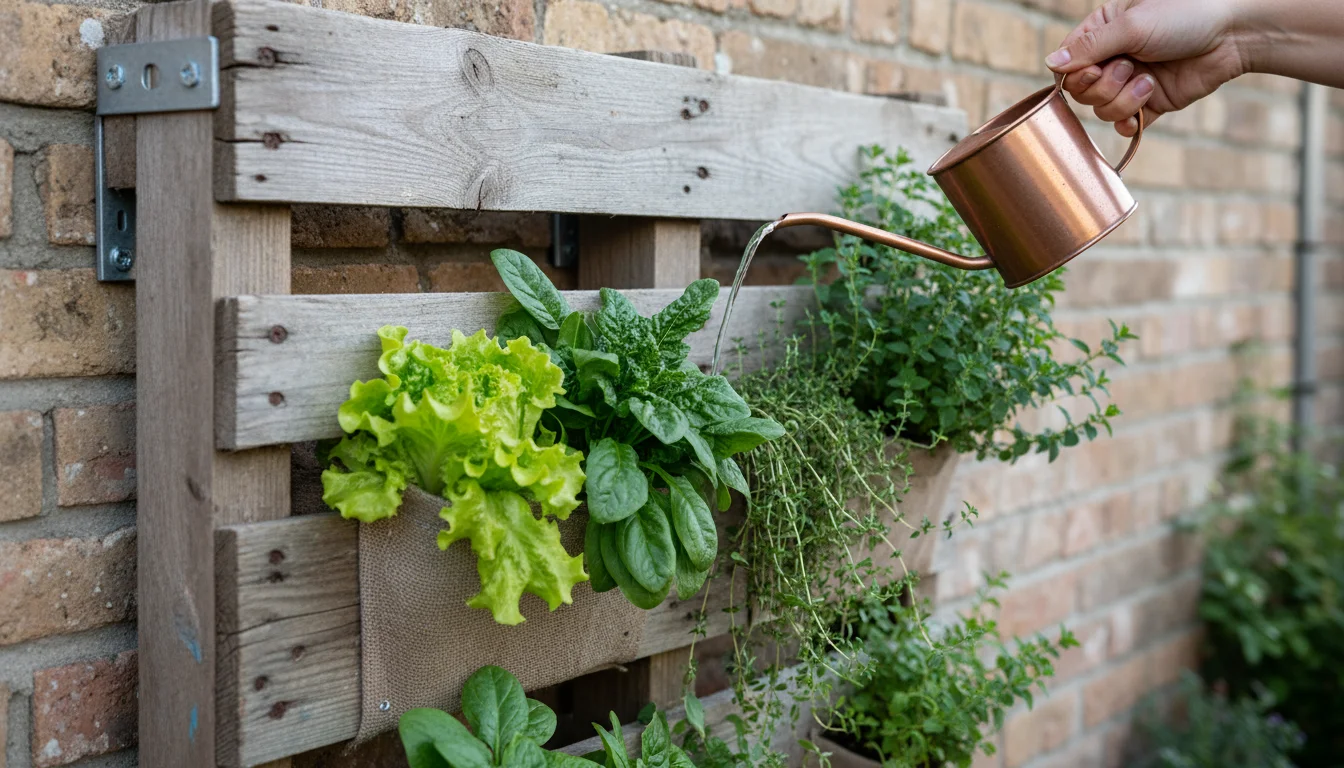
Wall-Mounted Systems
These systems attach directly to a wall or a sturdy vertical surface. They are excellent for utilizing existing structural elements and can create impressive living walls. Wall-mounted vertical garden systems maximize space efficiently, as they do not require any floor area. They are often seen on exterior walls, fences, or even interior accent walls. Installation generally requires secure mounting hardware to support the weight of the system, plants, and wet soil.
- Examples: Fabric pocket planters, modular panel systems, repurposed pallet gardens.
- Best For: Decorative displays, herbs, leafy greens, small annuals, succulents.
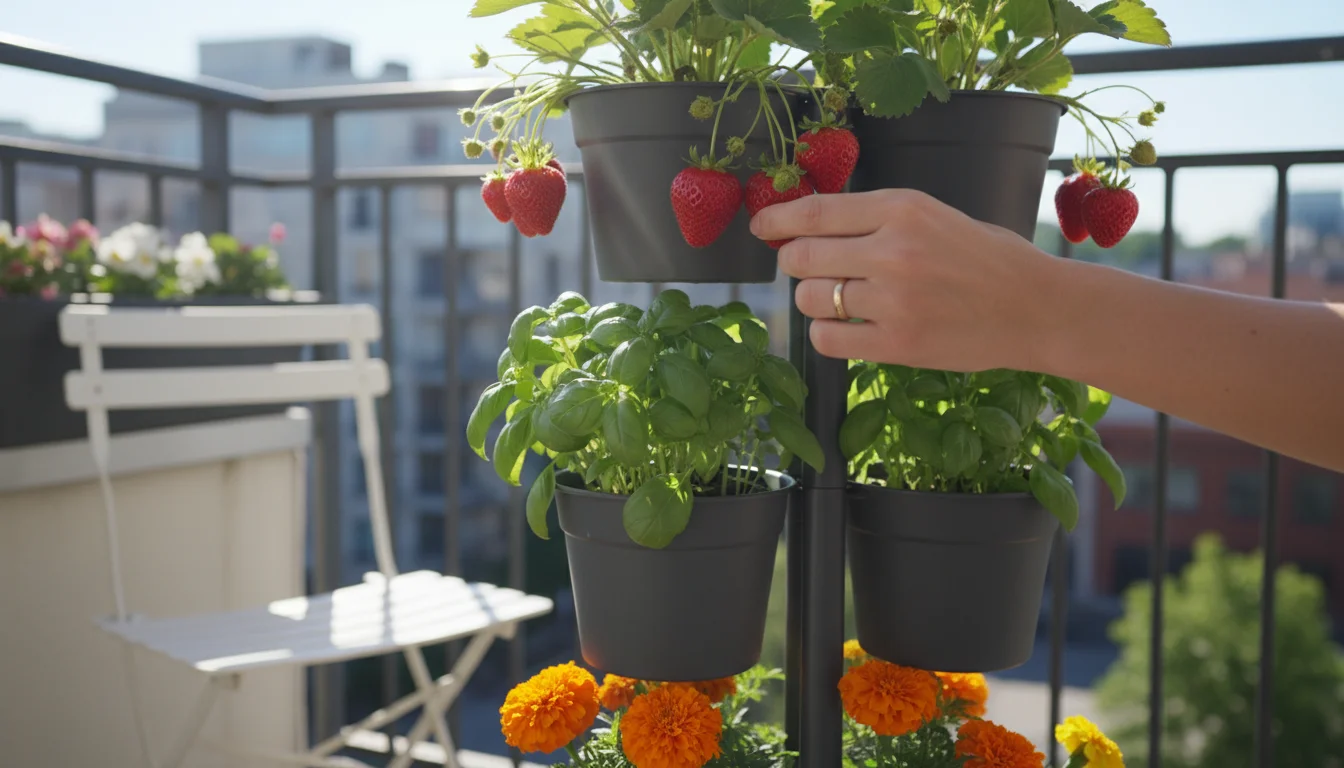
Freestanding Systems
Freestanding vertical garden systems are self-supporting structures that you can place anywhere with a flat surface. They offer flexibility in placement, allowing you to move them to optimize sunlight or rearrange your space as needed. These systems often consist of stacked containers or tiered shelves. They are a popular choice for patios, balconies, or even indoors, as they do not require any wall attachment. Stability is a key consideration for freestanding units, especially taller ones, to prevent tipping.
- Examples: Stackable planters, tiered plant stands, vertical tower gardens.
- Best For: Strawberries, small vegetables, a mix of herbs and flowers, or creating a mobile garden.
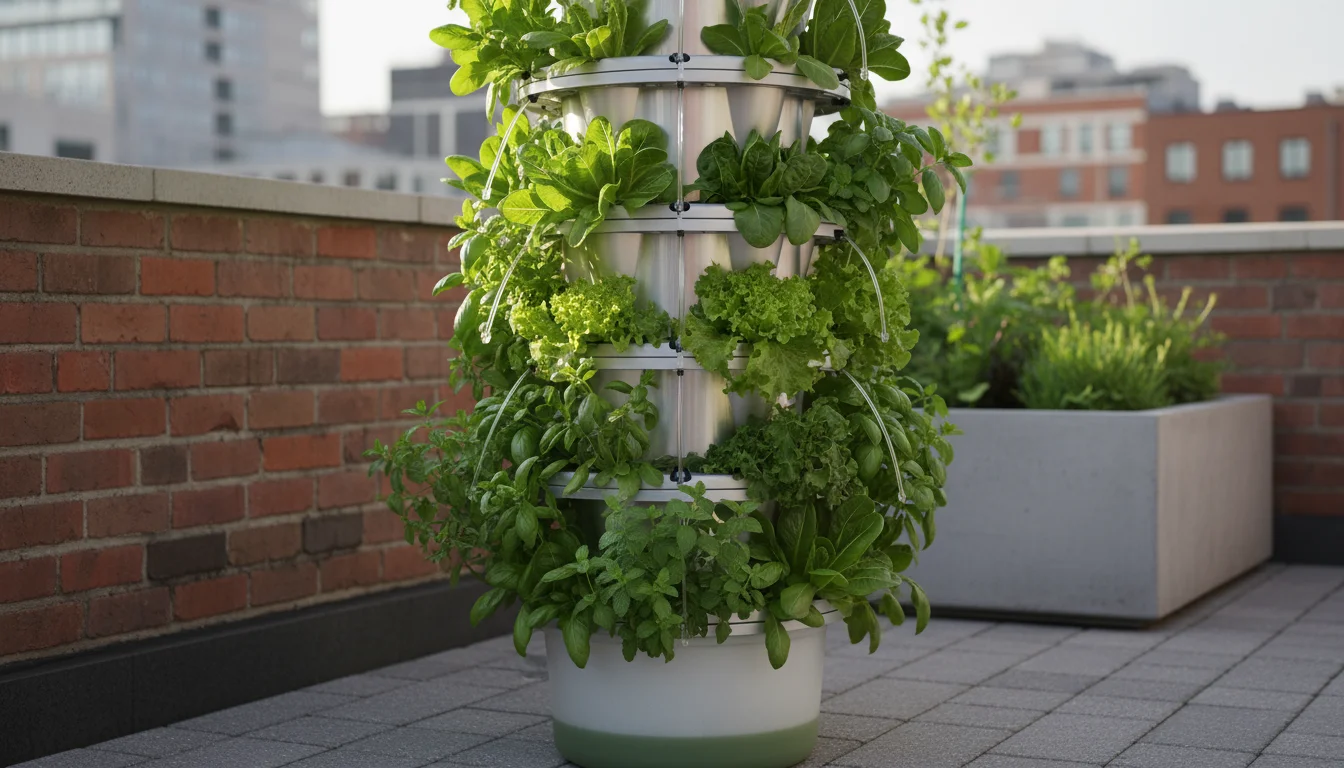
Hydroponic and Aeroponic Vertical Systems
These are more advanced vertical garden systems that grow plants without soil. Hydroponic systems deliver nutrient-rich water directly to the plant roots, often through a pump and tubing network. Aeroponic systems take this a step further, misting the roots with nutrient solution in an air-rich environment. Both methods offer incredibly efficient water usage, faster growth rates, and often higher yields. They require a greater initial investment and a more hands-on understanding of nutrient management and system operation.
- Examples: Vertical grow towers with water pumps, specific kits designed for soilless cultivation.
- Best For: Leafy greens (lettuce, spinach), culinary herbs (basil, mint), some fruiting plants (strawberries, dwarf tomatoes).
Understanding these fundamental categories sets the stage for comparing specific vertical garden systems. Each category caters to different gardening goals, technical skills, and environmental conditions. Your selection will depend heavily on what you want to grow, where you want to grow it, and how much effort you are willing to invest in setup and maintenance.
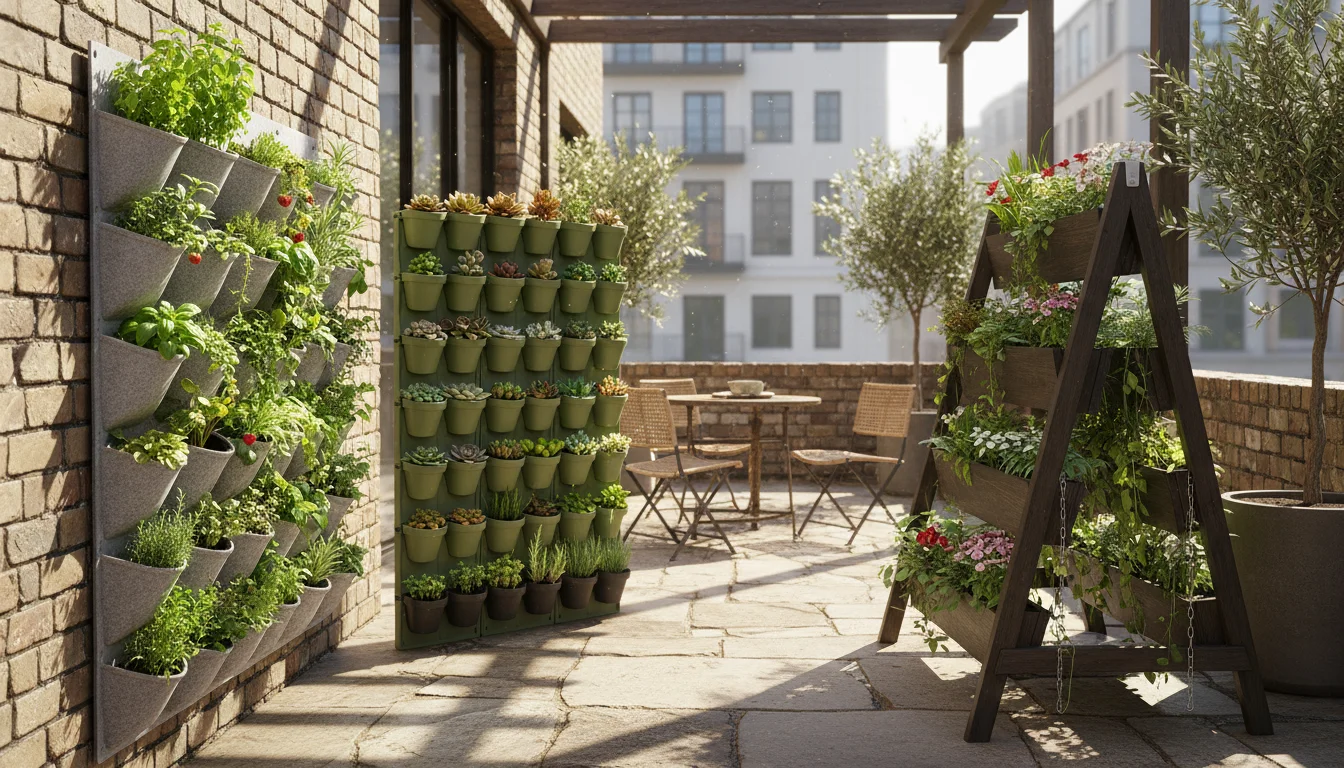
Comparing Popular Vertical Garden System Designs
Once you understand the basic categories, you can delve into the specific designs of vertical garden systems. Each design offers unique advantages and disadvantages, making some more suitable for particular plants, spaces, or budgets. Here we compare some of the most popular vertical kits and wall planters available.
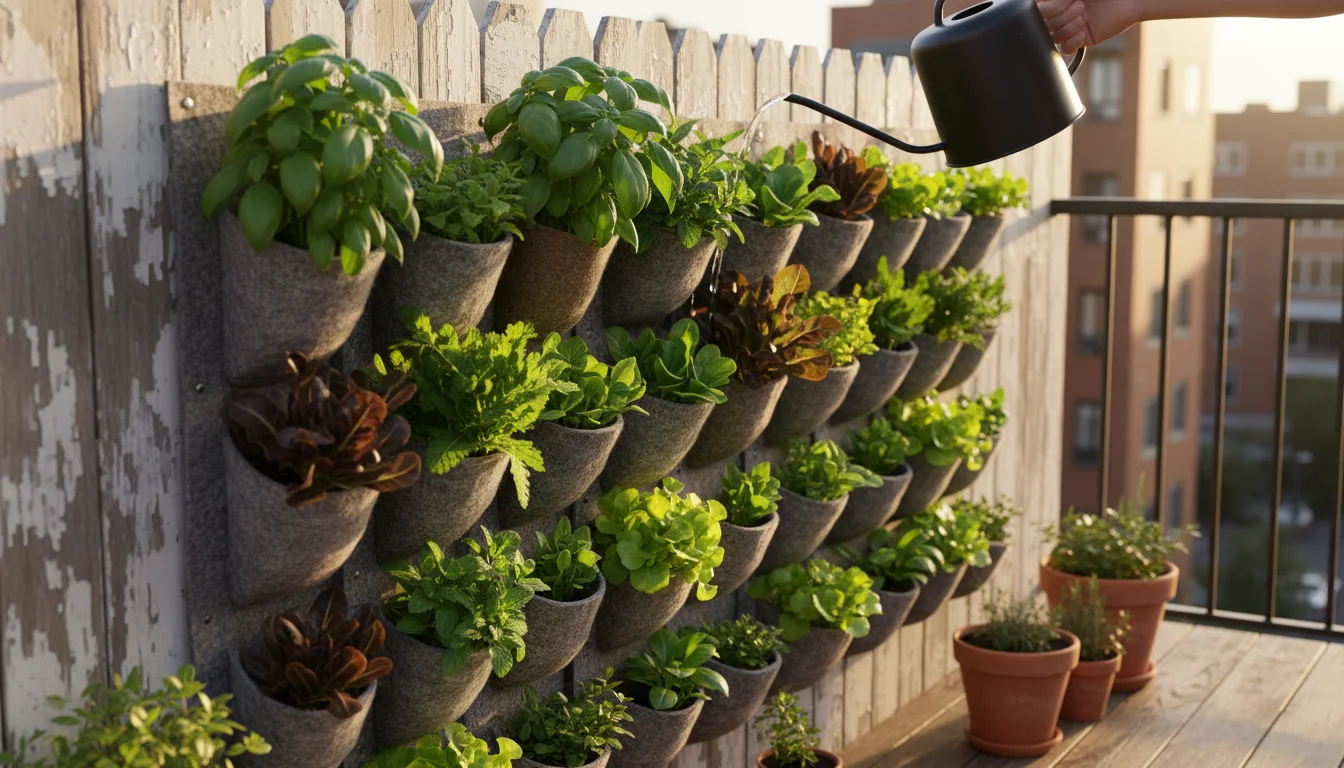
1. Fabric Pocket Planters (Soft-Sided Wall Planters)
These systems consist of multiple pockets sewn into a durable fabric backing, typically felt or recycled plastic. You fill each pocket with soil and a plant, then hang the entire unit on a wall or fence using grommets or a strong rod. Fabric pocket planters are among the most affordable and easiest vertical garden systems to install.
- Pros: Extremely lightweight and flexible, making them ideal for temporary installations or renters. They are relatively inexpensive to purchase. The breathable fabric promotes good root aeration, which can prevent root rot. Installation is simple, often requiring only a few hooks.
- Cons: Fabric can dry out quickly, especially in sunny, windy conditions, requiring more frequent watering. The fabric may degrade over time, leading to a shorter lifespan compared to rigid systems. Drainage can sometimes be inconsistent, with water potentially pooling in lower pockets if not designed well.
- Ideal for: Herbs, small annual flowers, succulents, leafy greens like lettuce and spinach. These are excellent wall planters for beginners.
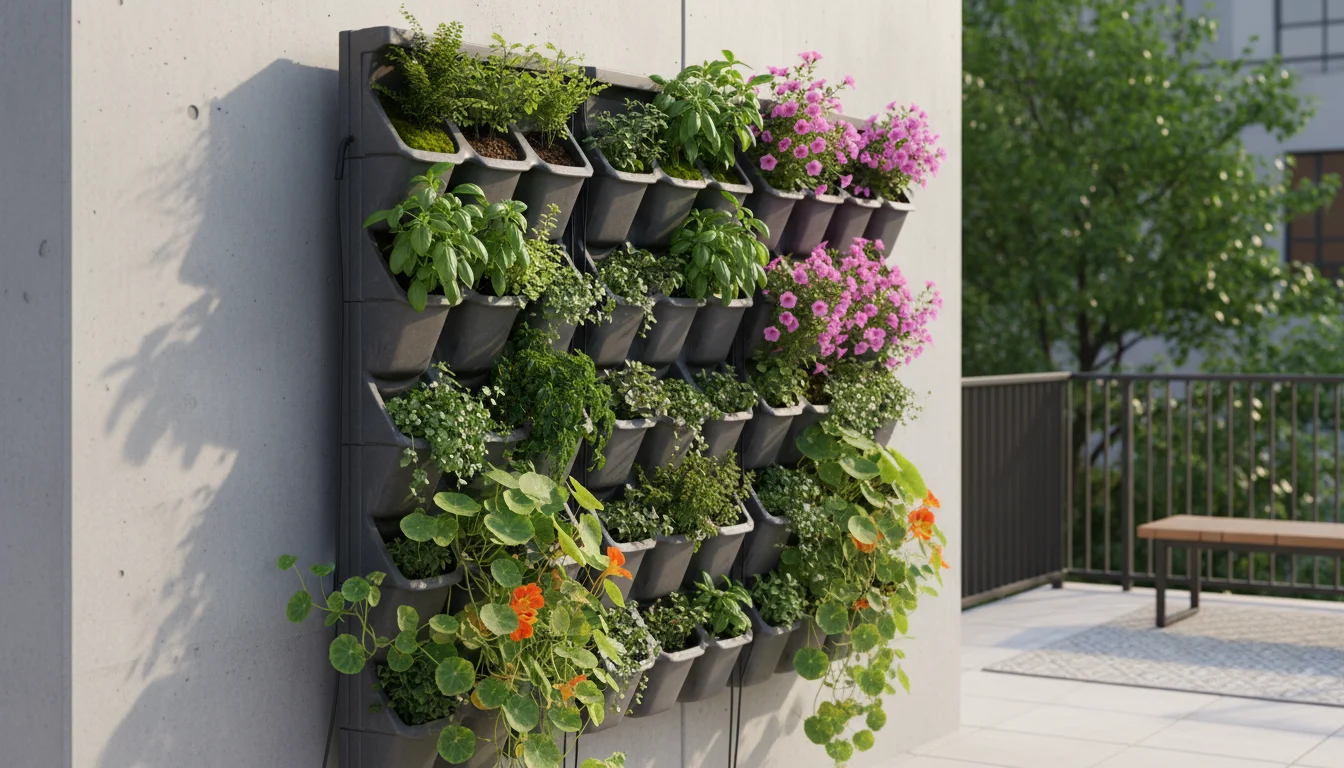
2. Modular Panel Systems (Hard-Sided Wall Planters)
Modular vertical garden systems use individual plastic or metal panels that interlock or connect to create a larger green wall. Each panel typically contains several planting cells or troughs. You mount these panels directly to a wall. Their structured design offers a very clean, modern aesthetic.
- Pros: Highly durable and long-lasting. They often feature integrated irrigation channels for efficient watering and drainage, which helps prevent overwatering or dry spots. These systems provide excellent structural support for plants and offer a highly customizable design, allowing expansion as your garden grows.
- Cons: Generally more expensive than fabric pockets. Installation can be more complex and may require tools and a secure mounting surface to support the significant weight of wet soil and plants. They are less forgiving to move once installed.
- Ideal for: A wide range of plants, including ornamental grasses, ferns, small shrubs, succulents, and a variety of edibles. They create impressive, permanent living walls.
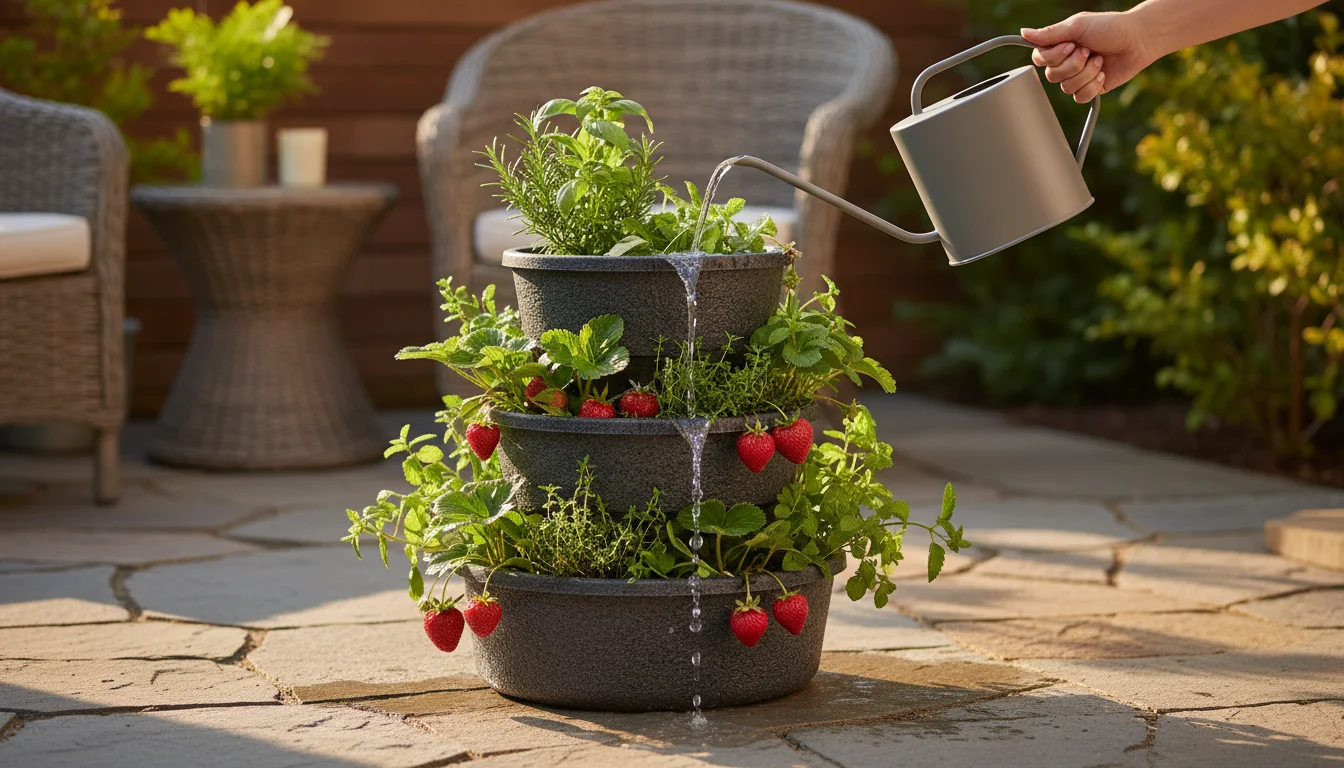
3. Stackable Planters (Vertical Towers)
Stackable planters are freestanding systems composed of several individual planting tiers that stack one on top of the other around a central column. Each tier usually has multiple planting pockets or openings around its circumference. You often water them from the top, allowing water to trickle down through the layers.
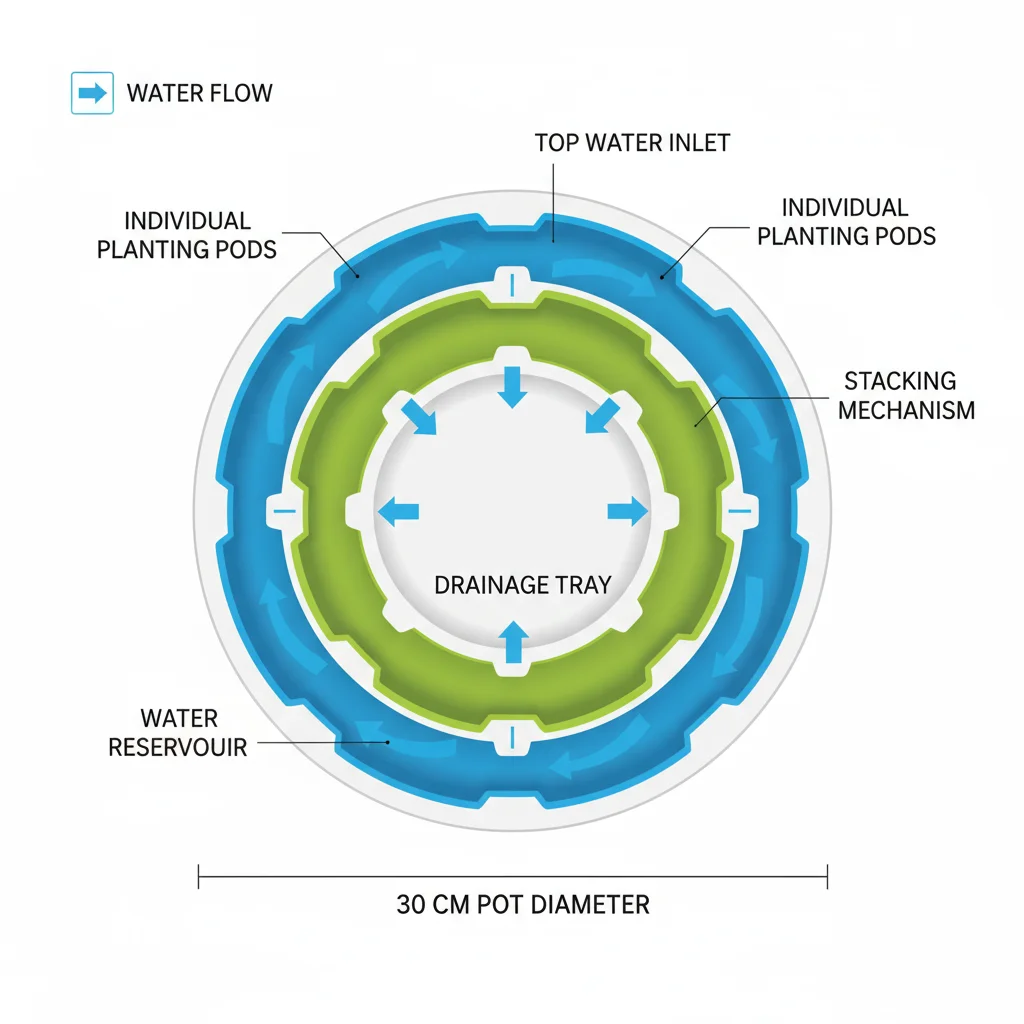
- Pros: Freestanding, so you can place them anywhere with a flat surface, including patios or indoors. They are relatively easy to assemble and disassemble, making them portable. They offer good plant density in a small footprint.
- Cons: Plants in lower tiers may receive less sunlight, leading to uneven growth. The system can become top-heavy and unstable if not properly weighted or if placed in a windy location. Limited depth in each planting pocket restricts root growth for larger plants.
- Ideal for: Strawberries, small peppers, compact herbs, annual flowers like petunias, and leafy greens. These are popular vertical kits for growing berries.
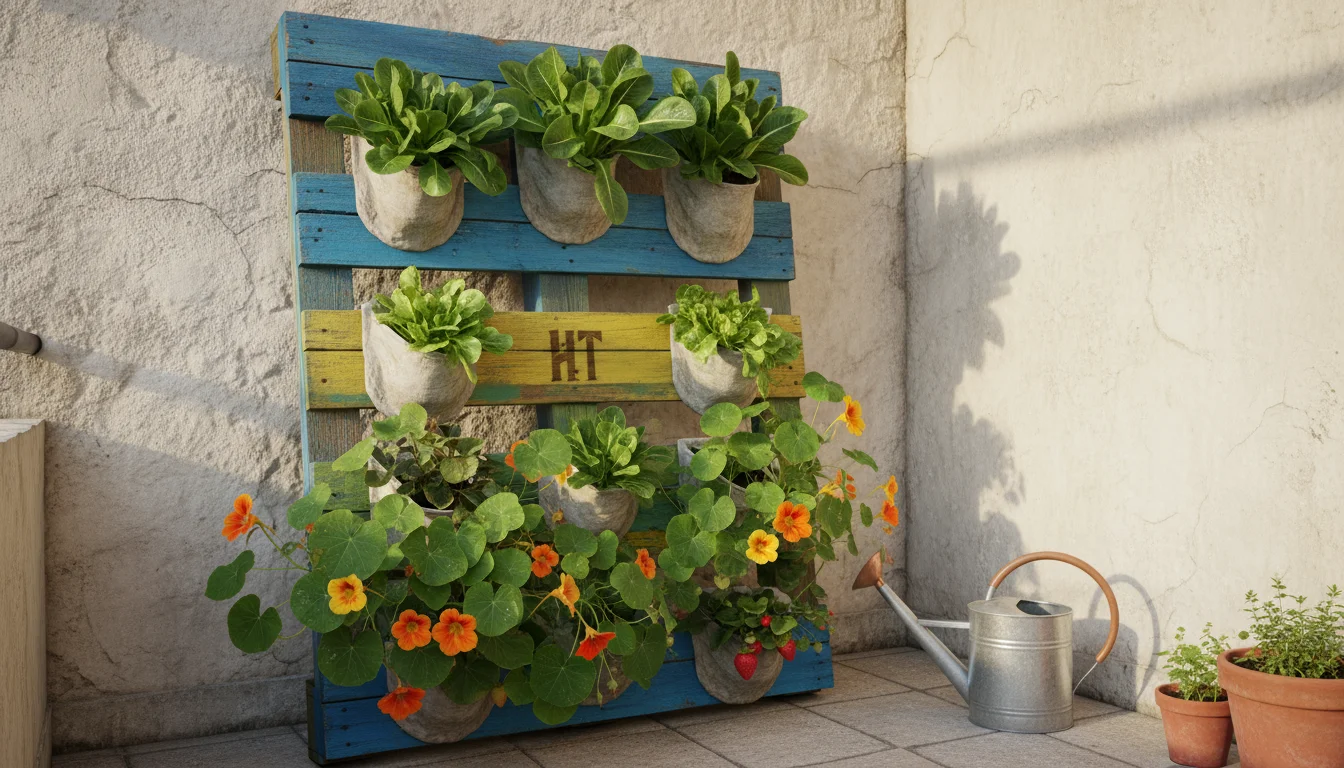
4. Pallet Gardens (Repurposed Wall Planters)
These DIY-friendly vertical garden systems use discarded wooden shipping pallets. You can convert a pallet into a planter by attaching fabric or wood to create pockets for soil, then leaning it against a wall or mounting it. They offer an eco-friendly and extremely budget-conscious way to start vertical gardening.
- Pros: Very low cost, often free if you can source pallets. Highly sustainable, repurposing waste materials. They offer a rustic, natural aesthetic.
- Cons: Pallets can be heavy and difficult to move. You must ensure the pallet is safe for gardening, checking for chemical treatments (look for “HT” stamp for heat-treated, avoid “MB” for methyl bromide). Drainage can be inconsistent, and wood will degrade over time unless treated or painted.
- Ideal for: Herbs, small annuals, succulents, and leafy greens. These make creative wall planters.
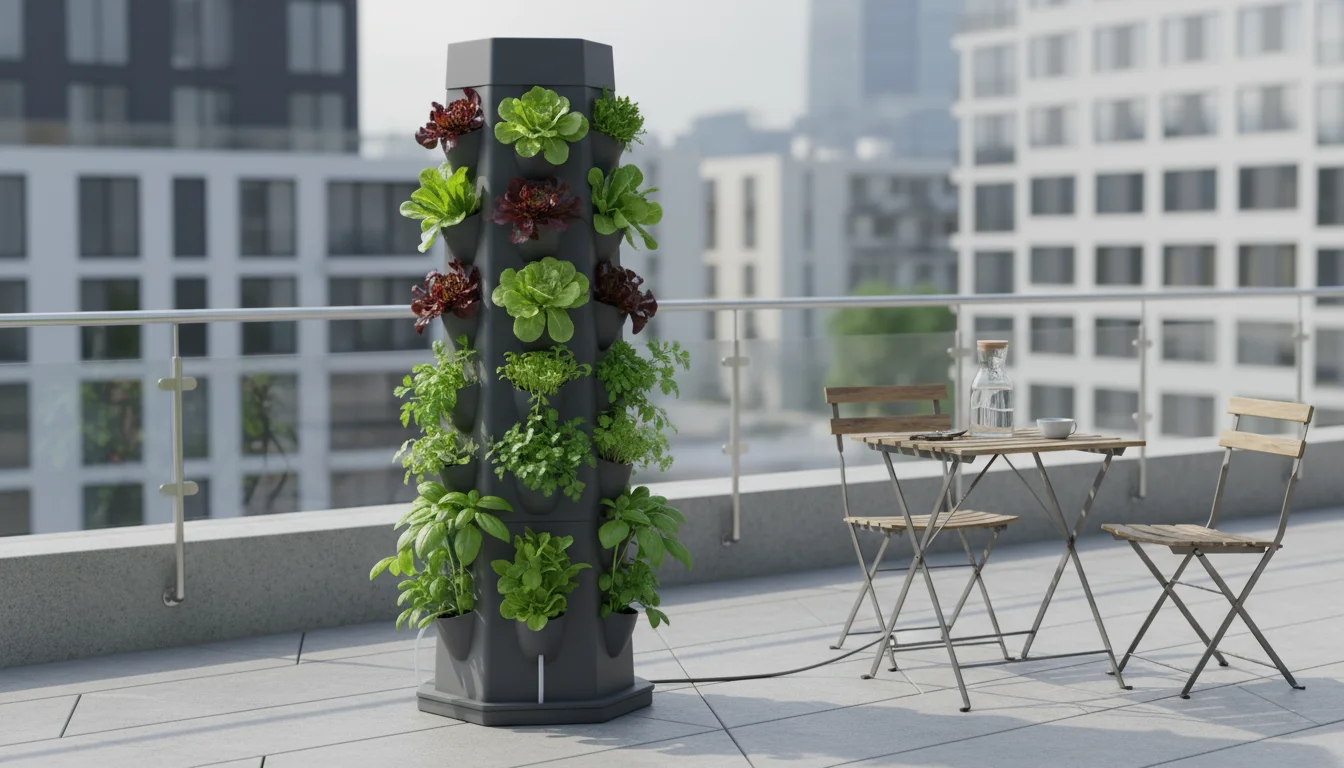
5. Hydroponic/Aeroponic Vertical Towers
These advanced vertical kits are typically self-contained systems that recirculate nutrient-rich water. Plants grow in inert media (like rockwool or coco coir) or suspended in air, with pumps delivering precise amounts of water and nutrients on a timed schedule.
- Pros: Extremely water-efficient, using significantly less water than soil-based systems. Faster plant growth and higher yields are common due to optimized nutrient delivery. No soil means no soil-borne pests or diseases.
- Cons: Higher initial cost and more complex setup. Requires a reliable power source for pumps. You need a good understanding of nutrient balancing and pH levels. Technical issues like pump failure can quickly harm plants.
- Ideal for: Rapid growth of leafy greens (lettuce, spinach), culinary herbs, and some smaller fruiting vegetables like strawberries.
| System Type | Cost (Initial) | Installation Difficulty | Durability/Lifespan | Best For | Key Considerations |
|---|---|---|---|---|---|
| Fabric Pocket Planters | Low | Easy | Low to Medium (1-3 years) | Herbs, small annuals, succulents, leafy greens | Dries out quickly, requires frequent watering. Lightweight. |
| Modular Panel Systems | Medium to High | Medium | High (5+ years) | Ornamentals, ferns, larger herbs, diverse edibles | Heavy when filled, requires secure mounting. Excellent aesthetics. |
| Stackable Planters | Low to Medium | Easy | Medium (2-5 years) | Strawberries, compact vegetables, annual flowers | Can be unstable if tall. Uneven light distribution. |
| Pallet Gardens | Very Low (often free) | Medium (DIY) | Low to Medium (1-4 years, depending on wood) | Herbs, leafy greens, small ornamentals | Check for chemical treatments. Heavy. Rustic look. |
| Hydroponic Vertical Towers | High | Medium to High | High (5+ years) | Leafy greens, culinary herbs, strawberries | Requires power, technical knowledge, higher initial investment. |
Carefully evaluating this comparison helps you narrow down the best vertical garden systems for your unique situation. Consider your budget, the amount of time you can commit to maintenance, and the specific plants you wish to grow. Each type of vertical kit and wall planter serves a particular purpose in the diverse world of vertical gardening.
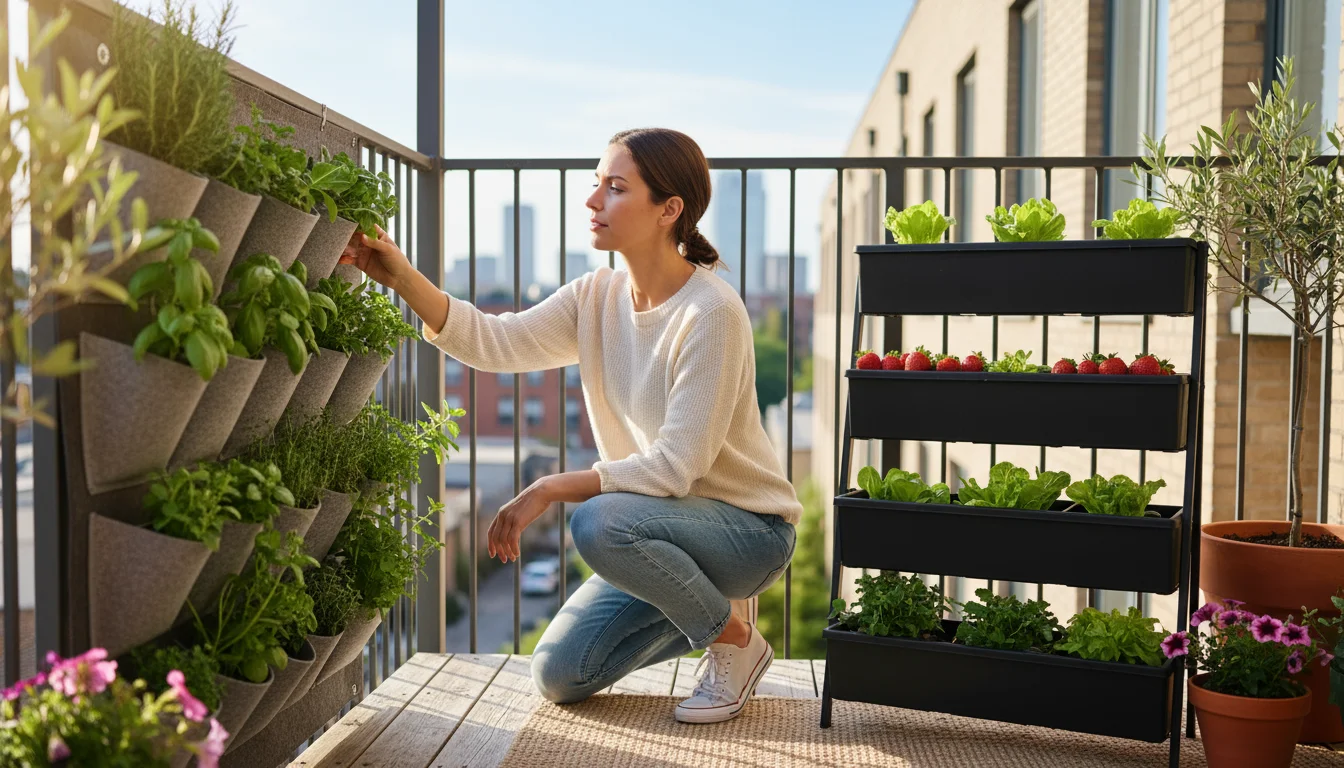
Choosing the Right System for Your Space and Style
Selecting the perfect vertical garden system involves more than just picking one that looks appealing. You must align your choice with your specific environment, gardening goals, and personal preferences. Answering a few key questions about your space and lifestyle will guide you toward the best fit among the many available vertical garden systems.
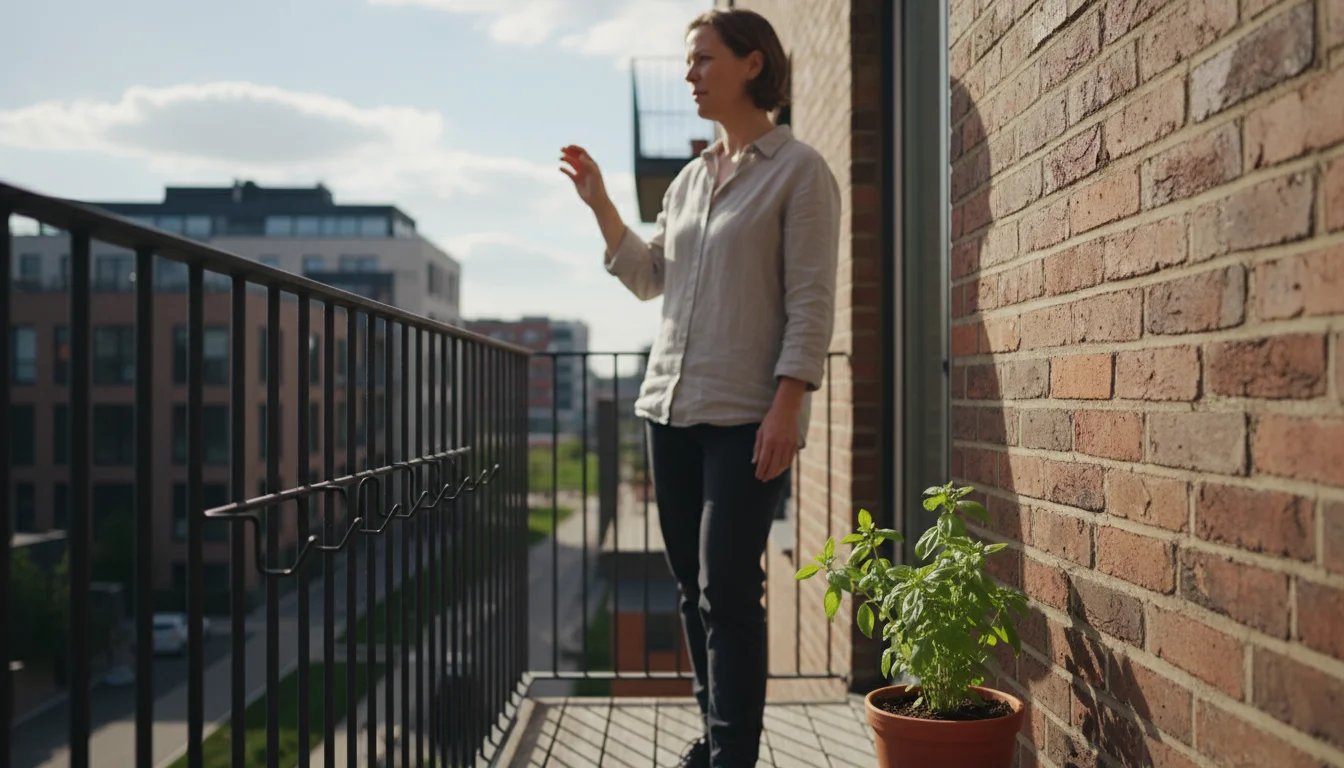
Assess Your Location: Sun, Wind, and Support
- Sunlight Exposure: Observe your chosen location throughout the day. How many hours of direct sunlight does it receive? Most fruiting plants and many herbs need at least 6 hours of direct sun. Leafy greens and many ornamental plants can tolerate partial shade (3-6 hours). Full shade (less than 3 hours) limits your plant choices to shade-loving varieties like ferns or specific herbs. This factor dictates which plants you can grow and therefore influences the optimal system.
- Wind Exposure: Exposed balconies or patios can experience strong winds, which dehydrate plants quickly and stress structures. For windy spots, choose sturdy, heavy modular systems or secure stackable planters. Fabric wall planters may flap and dry out too fast.
- Structural Support: For wall-mounted systems, assess the wall’s integrity. Is it brick, concrete, wood, or drywall? Brick and concrete offer robust support for heavier modular systems. Drywall may require anchors or mounting to studs. Freestanding vertical kits need a level, stable surface to prevent tipping, especially when filled with soil and wet plants. Always confirm the weight capacity of your mounting surface before installation.
- Water Access: Consider how you will water your garden. Is there a water source nearby? Proximity to a hose bib or an outdoor spigot simplifies hand watering. For larger systems, plan for potential drip irrigation setup, which minimizes daily effort and conserves water.
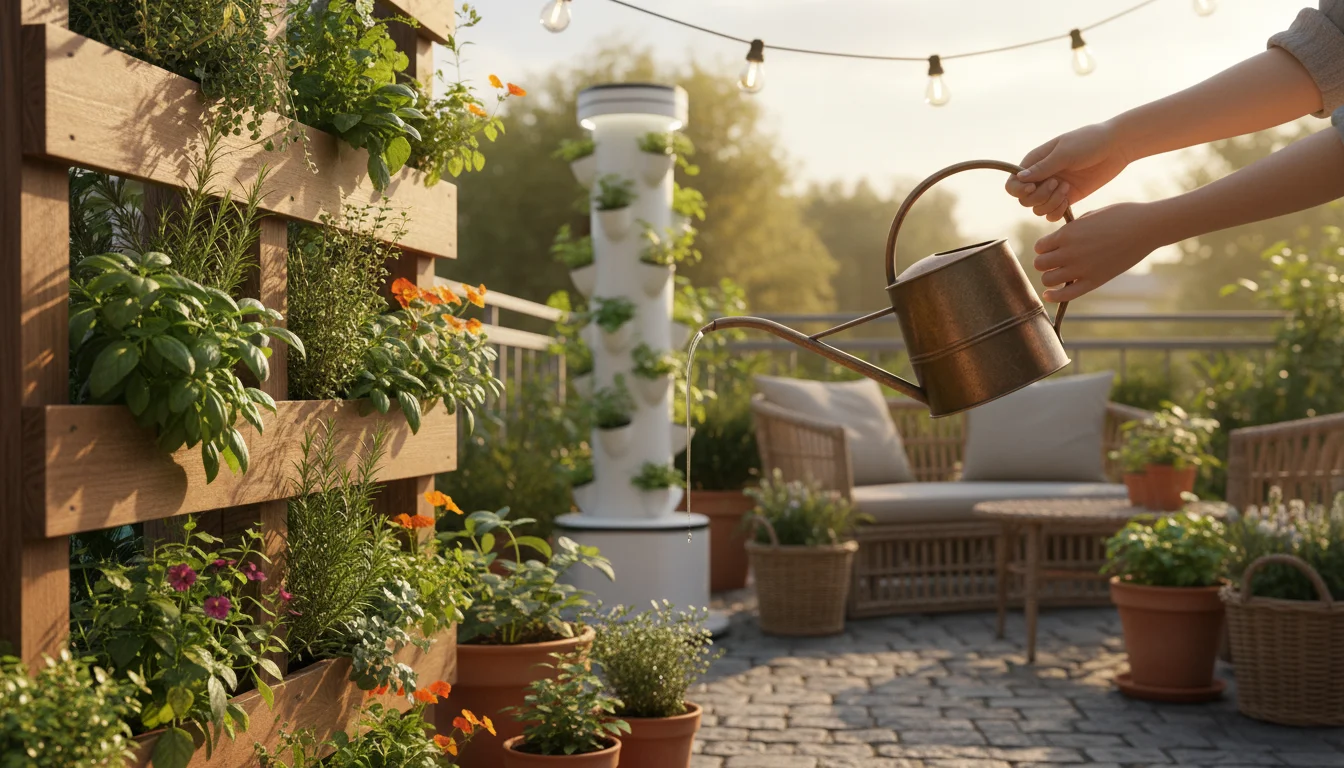
Consider Your Budget and Commitment
- Budget: Vertical garden systems range dramatically in price. Repurposed pallet gardens cost next to nothing, while advanced hydroponic vertical kits can be hundreds or even thousands of dollars. Determine how much you are willing to invest in the initial setup, including the system, soil, plants, and any necessary tools or irrigation components.
- Maintenance Commitment: How much time and effort are you willing to dedicate to your garden? Fabric wall planters require daily watering in hot weather, while automated hydroponic systems need regular monitoring of nutrient levels. Choose a system that aligns with your lifestyle. If you travel frequently, an automated or self-watering system might be a better choice.
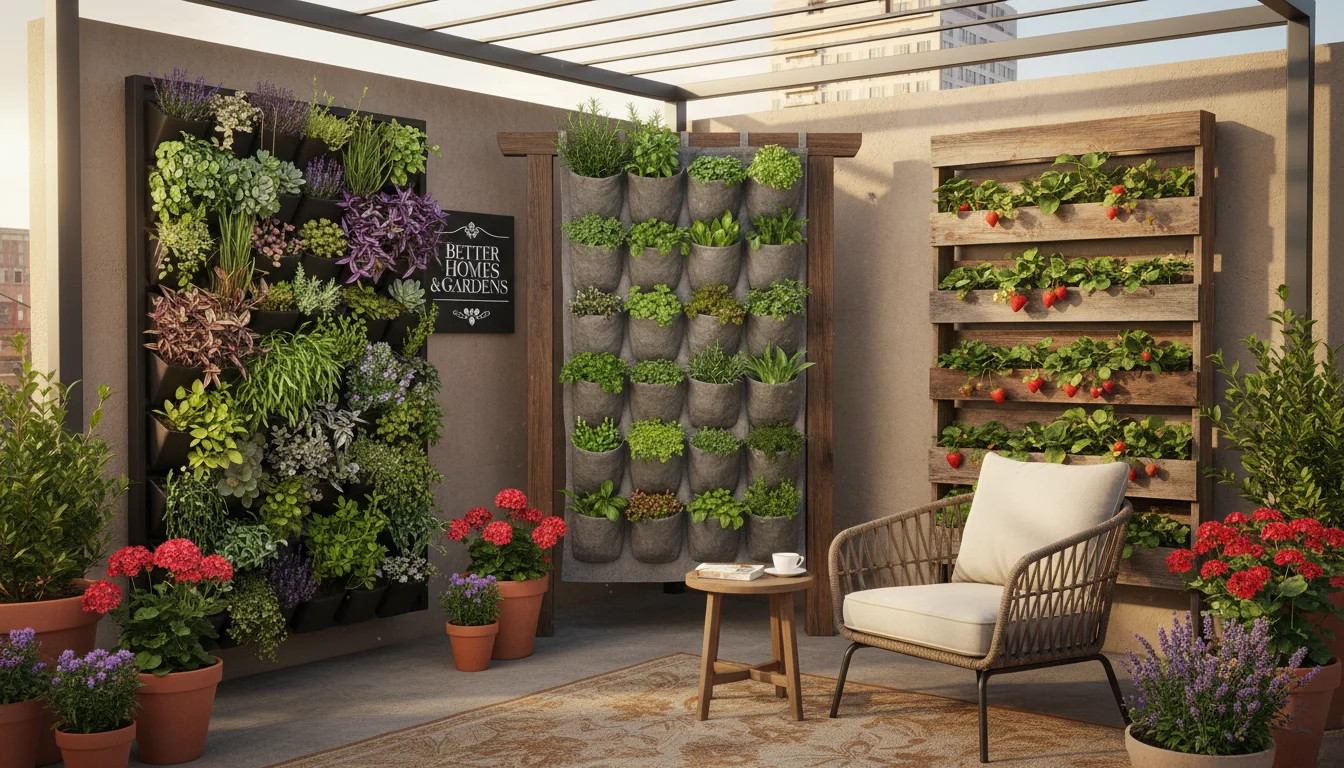
Envision Your Plants and Desired Aesthetic
- Plant Types: What do you want to grow? If fresh herbs and leafy greens are your priority, almost any system works, but pocket planters or hydroponic vertical kits excel. For strawberries, stackable planters are often ideal. If you desire a lush, permanent green wall with diverse ornamentals, modular panel systems offer the best structure and longevity.
- Aesthetics: Do you prefer a rustic, natural look (pallet gardens), a sleek and modern design (modular panels), or something more informal and colorful (fabric pockets)? The visual impact of your vertical garden system should complement your outdoor or indoor decor.
By systematically evaluating these factors, you can confidently select vertical garden systems that not only fit your physical space but also align with your gardening aspirations and practical needs. The right choice ensures a successful and enjoyable vertical gardening experience.
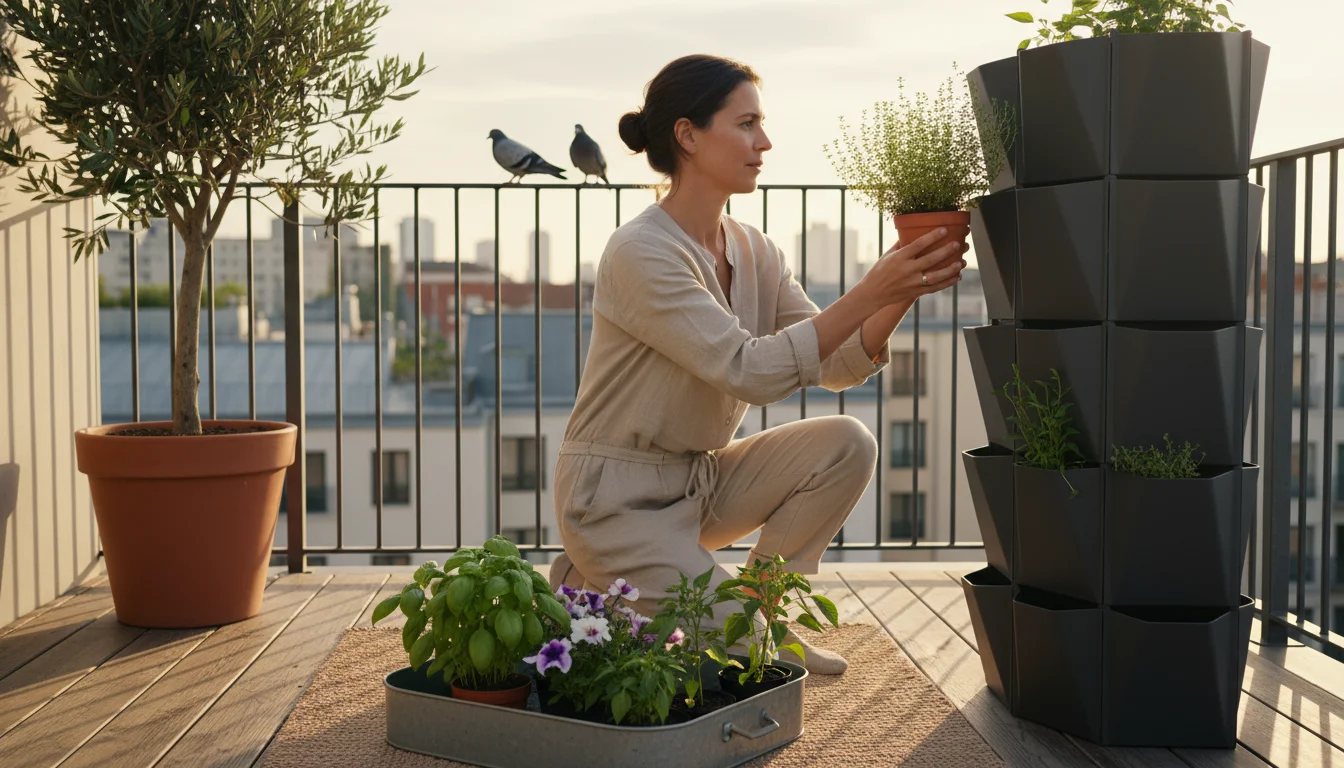
Selecting Plants for Your Vertical Garden Success
Choosing the right plants is crucial for a thriving vertical garden. Not every plant adapts well to vertical growing conditions. Your selection should consider the specific system you have, the light conditions of your space, and the growth habits of the plants. Matching plants to their environment ensures they flourish, providing you with bountiful harvests or beautiful displays.
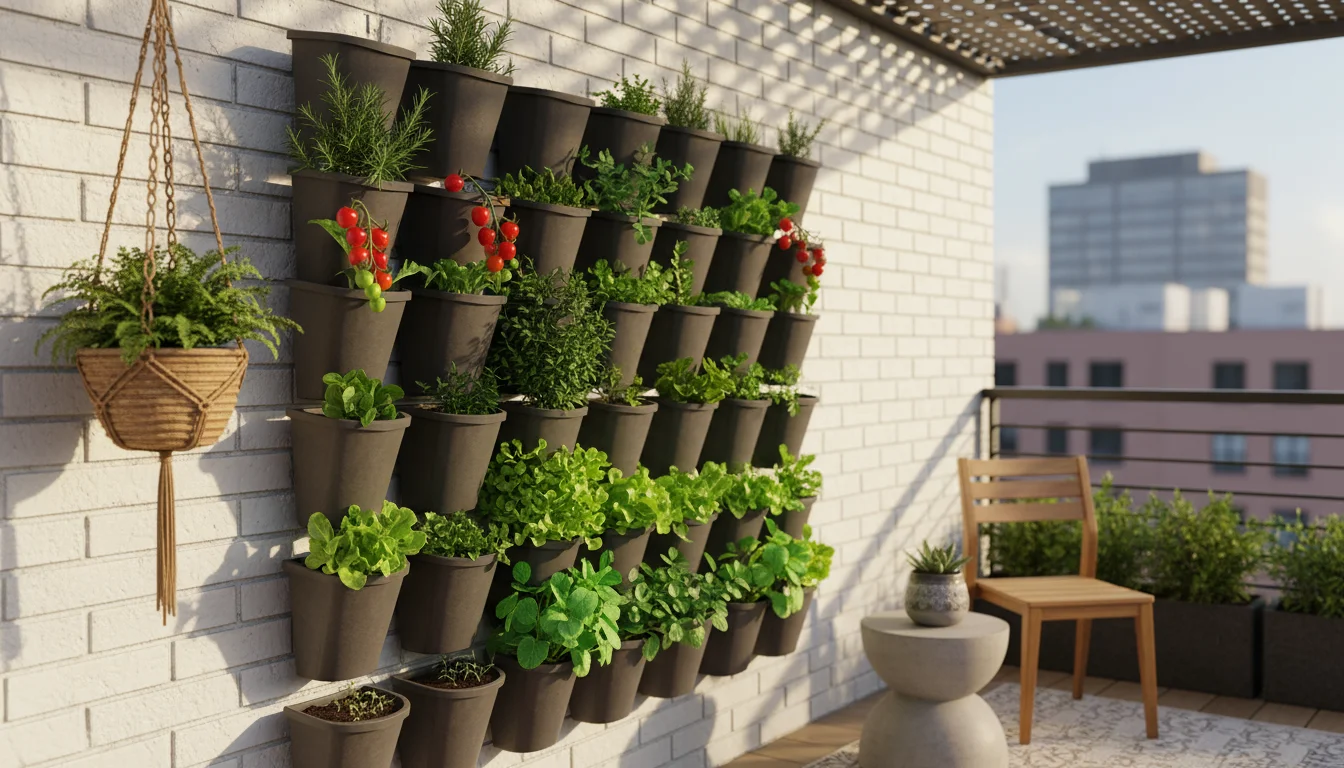
Key Factors for Plant Selection
When selecting plants for your vertical garden systems, focus on these critical characteristics:
- Sunlight Requirements: This is paramount. Place sun-loving plants (most vegetables, herbs like basil, rosemary) in the sunniest pockets or tiers. Position shade-tolerant plants (some ferns, leafy greens like spinach, mint) in areas that receive less direct light, such as lower pockets or in a partially shaded location. Most vertical gardens will have varying light exposure depending on height and orientation.
- Water Needs: Group plants with similar water requirements together. Mediterranean herbs like thyme and oregano prefer drier conditions, while lettuce and basil need more consistent moisture. Overwatering plants that prefer dry conditions can lead to root rot, especially in systems with less efficient drainage.
- Growth Habit:
- Compact or Bushy: Ideal for most pockets and modular systems. Think dwarf varieties of tomatoes or peppers.
- Trailing or Cascading: Perfect for softening edges and adding visual interest. Strawberries, nasturtiums, sweet potato vines, and petunias look stunning as they spill over the sides of vertical kits or wall planters.
- Shallow Root Systems: Most vertical garden systems offer limited root depth. Plants with shallow root systems, such as lettuce, spinach, radishes, and most herbs, thrive in these conditions. Avoid large, deep-rooted plants like full-sized tomatoes or corn.
- Size and Weight: Consider the mature size of the plant. A small seedling grows much larger. Ensure the vertical kit or wall planter can support the mature plant’s weight and provide adequate space without overcrowding. Overcrowding reduces air circulation, leading to disease.
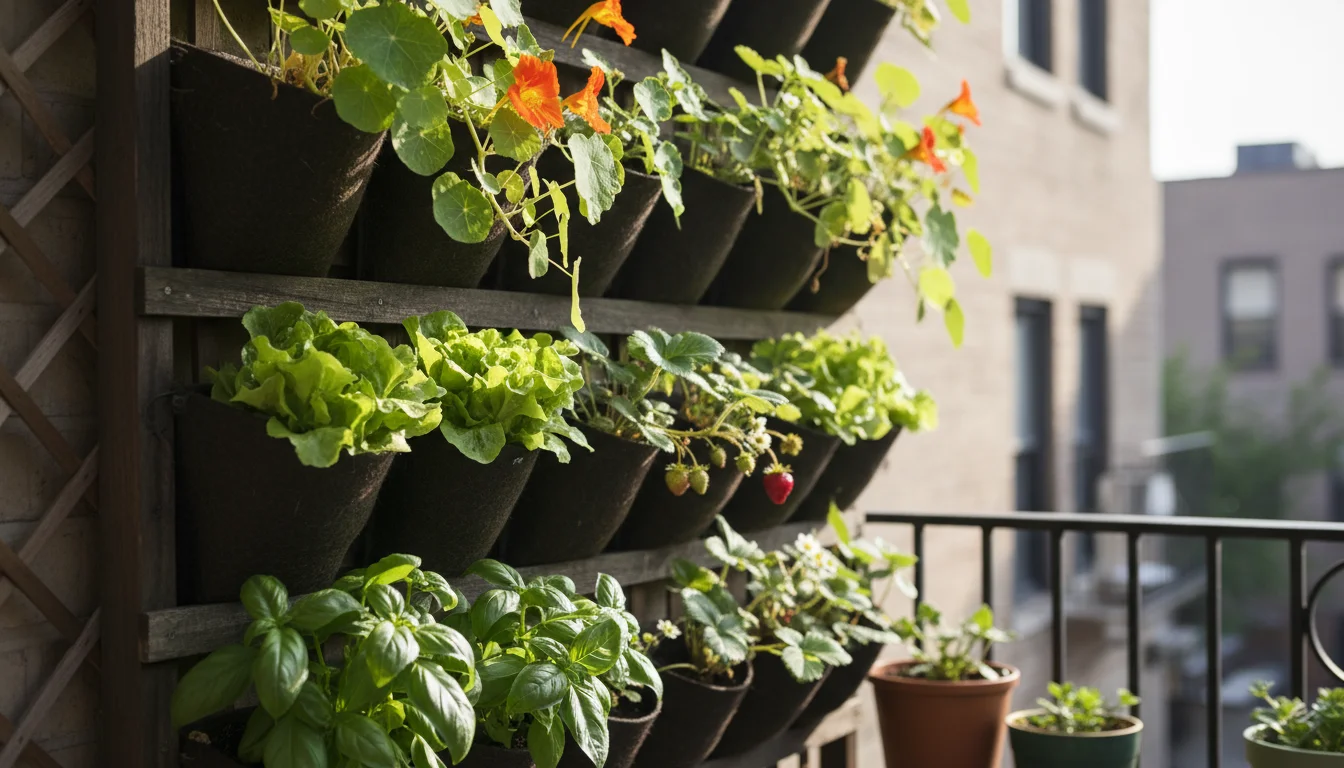
Recommended Plants for Various Vertical Garden Systems
Herbs (Excellent for almost all vertical garden systems)
- Basil, mint (especially in its own pocket, as it spreads aggressively), thyme, oregano, chives, parsley, cilantro.
- They are compact, have shallow roots, and offer continuous harvests.
Leafy Greens (Great for hydroponic, pocket, and modular systems)
- Lettuce (various varieties), spinach, arugula, Swiss chard, kale.
- These plants grow quickly, thrive in consistent moisture, and have shallow root systems.
Fruiting Vegetables (Best for stackable, modular, or robust pocket systems)
- Strawberries (especially trailing varieties for stackable planters).
- Dwarf tomatoes, bush beans, small peppers (requires adequate support and sun).
- Consider compact cucumber or zucchini varieties if you have a very sturdy system and ample space.
Flowers (Ideal for decorative wall planters and modular systems)
- Petunias, nasturtiums (edible flowers), impatiens (for shade), pansies, violas.
- These add color and can attract pollinators.
Succulents (Perfect for shallow wall planters, especially modular ones)
- Sedum, sempervivum (hen and chicks), echeveria.
- They require minimal water and thrive in well-draining soil, making them low-maintenance options for sunny spots.
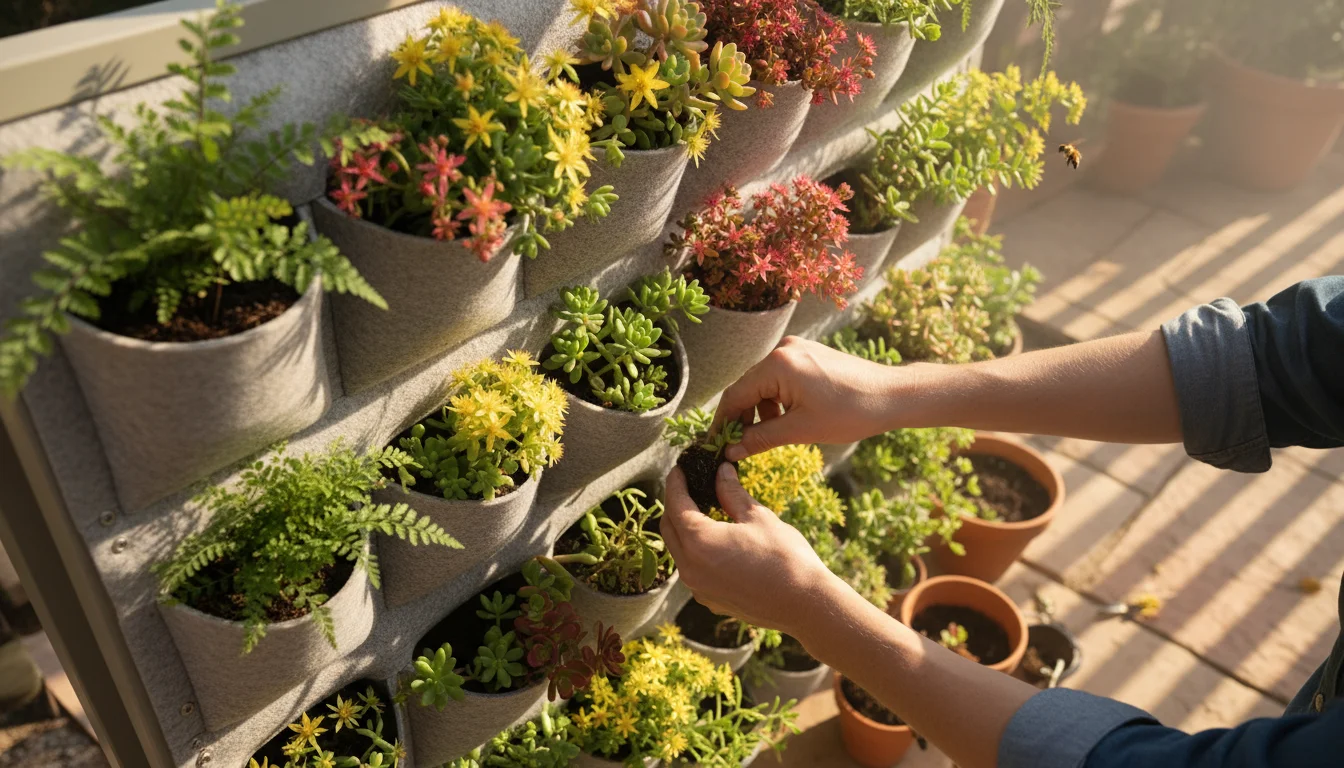
Emphasizing Native Plants and Eco-Friendly Choices
Even in a small vertical garden, you can contribute to local ecosystems. Consider incorporating native plants suitable for your climate and vertical setup. For example, some small native ferns thrive in shaded vertical pockets, while native sedums flourish in sunny, well-drained wall planters. These choices support local pollinators and biodiversity, enhancing the environmental impact of your vertical garden systems.
Always start with healthy plants or seeds. If buying seedlings, choose those with strong, compact growth and no signs of pests or disease. A little research into your chosen plants will ensure they thrive in their new vertical home, providing enjoyment and abundance.
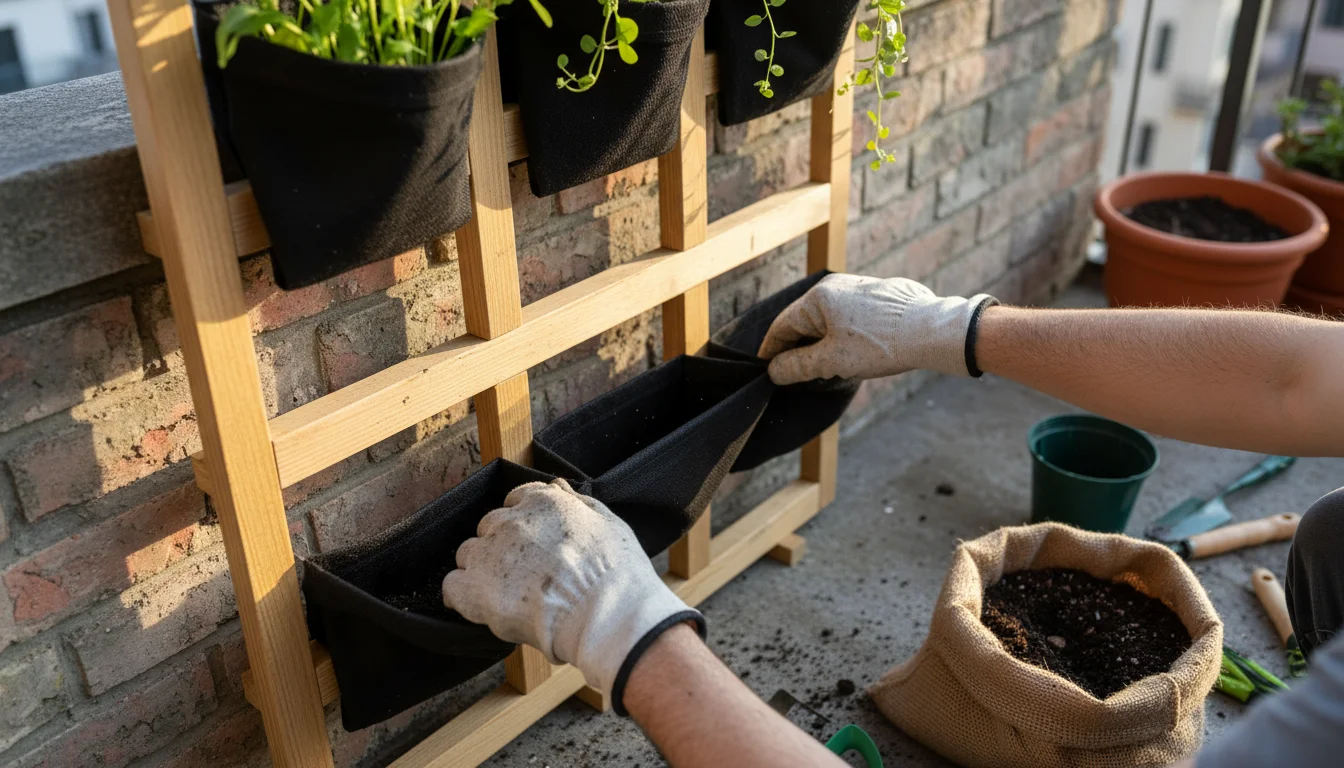
Setting Up Your Vertical Garden System: A Step-by-Step Guide
Once you have chosen your ideal vertical garden system and selected your plants, the next exciting step is setting it up. Proper installation ensures stability, longevity, and optimal growing conditions for your plants. While specifics vary by system, these general steps apply to most vertical kits and wall planters.
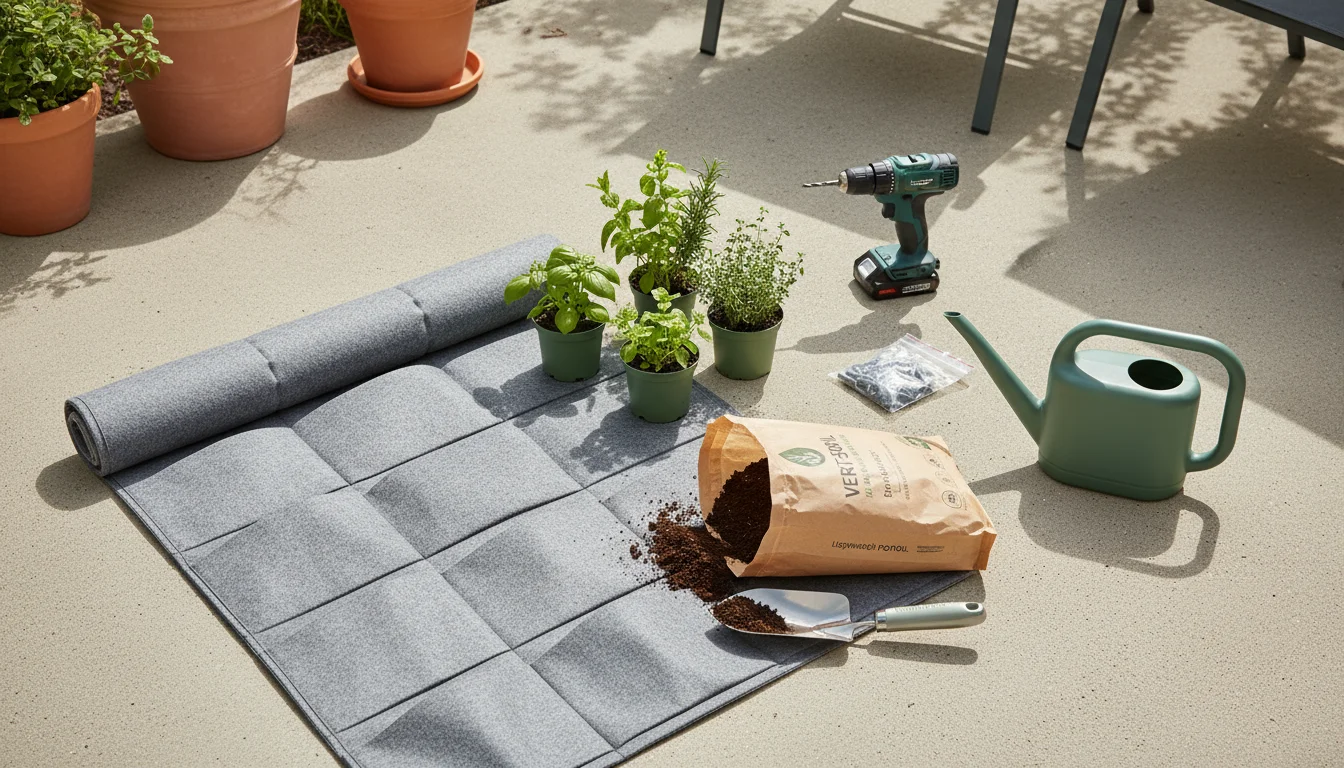
Step 1: Gather Your Materials and Tools
Before you begin, collect everything you need:
- Your chosen vertical garden system (e.g., fabric pocket planter, modular panels, stackable tower).
- High-quality potting mix. Do not use heavy garden soil, which compacts and hinders drainage in containers. A lightweight, well-draining potting mix is essential.
- Your selected plants or seeds.
- Watering can or hose with a gentle nozzle.
- Appropriate tools for assembly and mounting: screwdriver, drill, level, measuring tape, hammer, anchors, sturdy hooks, or wall brackets (if wall-mounted).
- Gloves for planting.
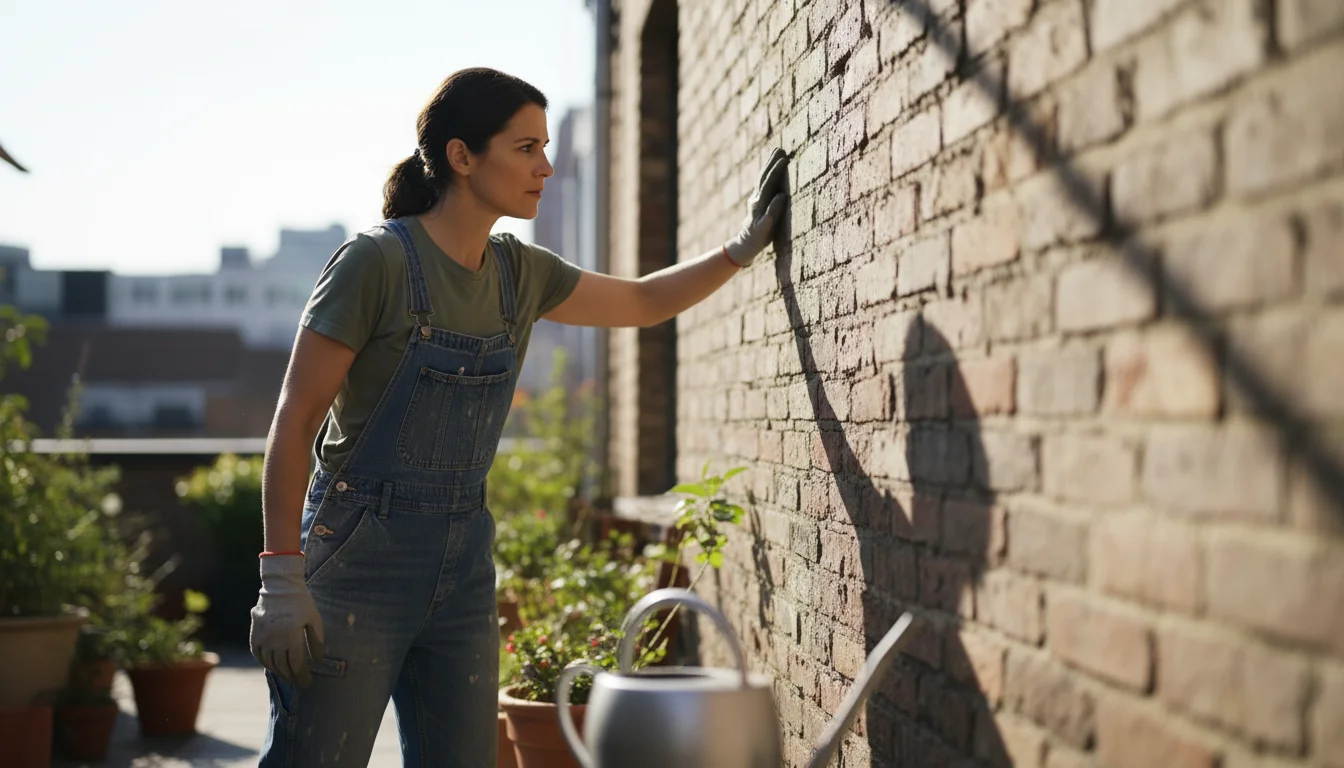
Step 2: Prepare Your Location
Confirm your chosen spot meets the necessary conditions:
- Sunlight: Double-check the light exposure one last time, ensuring it matches your plants’ needs.
- Stability: If wall-mounted, ensure the wall is strong enough to bear the weight of the system, wet soil, and mature plants. For freestanding units, ensure the ground is level and stable.
- Water Access: Plan how you will water. Is it convenient to reach with a hose or watering can? Consider a drip irrigation system for larger installations to simplify watering.
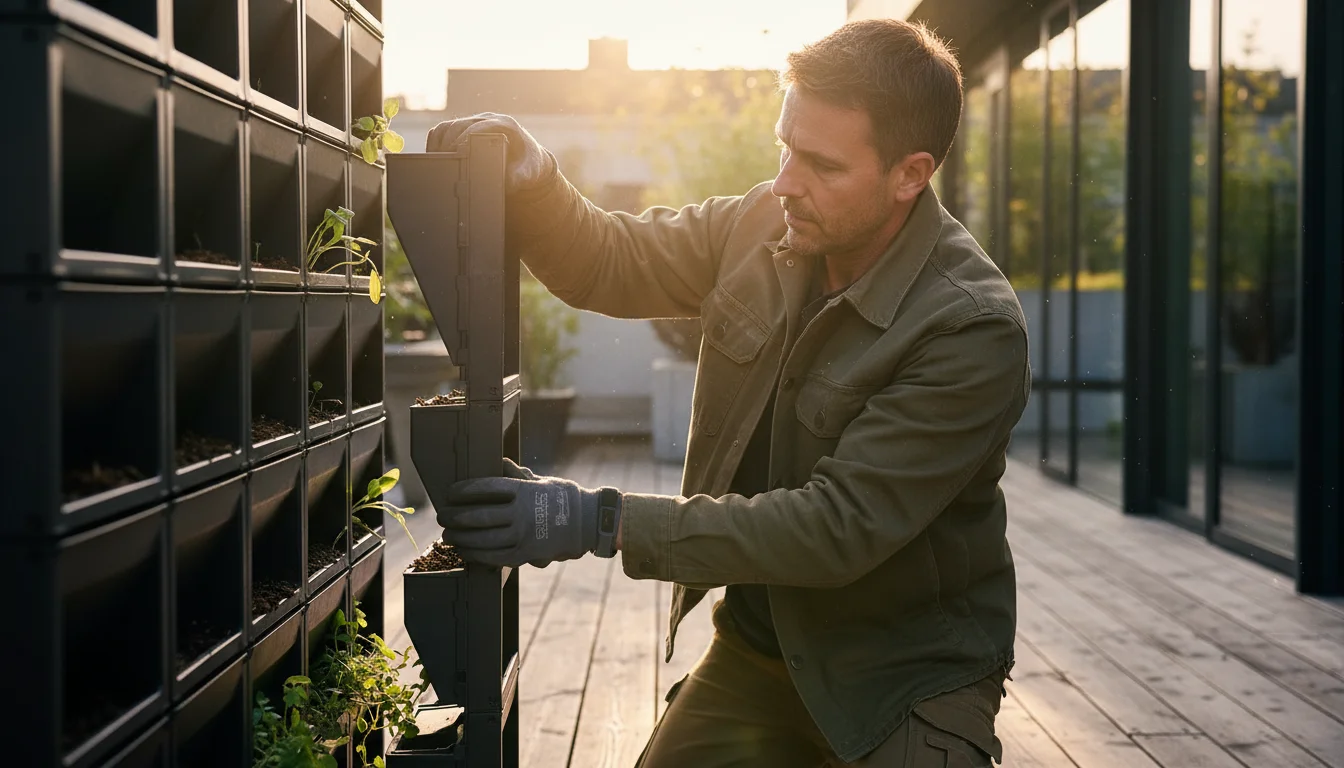
Step 3: Assemble the Vertical Garden System
Follow the manufacturer’s instructions carefully for assembling your specific vertical kit or wall planter. This usually involves:
- For Fabric Pockets: Simply unfold and prepare to hang.
- For Modular Panels: Attach individual panels together if they interlock. Ensure all pieces are securely connected.
- For Stackable Planters: Assemble the base, then stack the tiers one by one, ensuring they lock into place if designed to do so.
- For Hydroponic Systems: Assemble the tower, connect pumps, and tubing, and ensure all seals are watertight before adding nutrient solution.
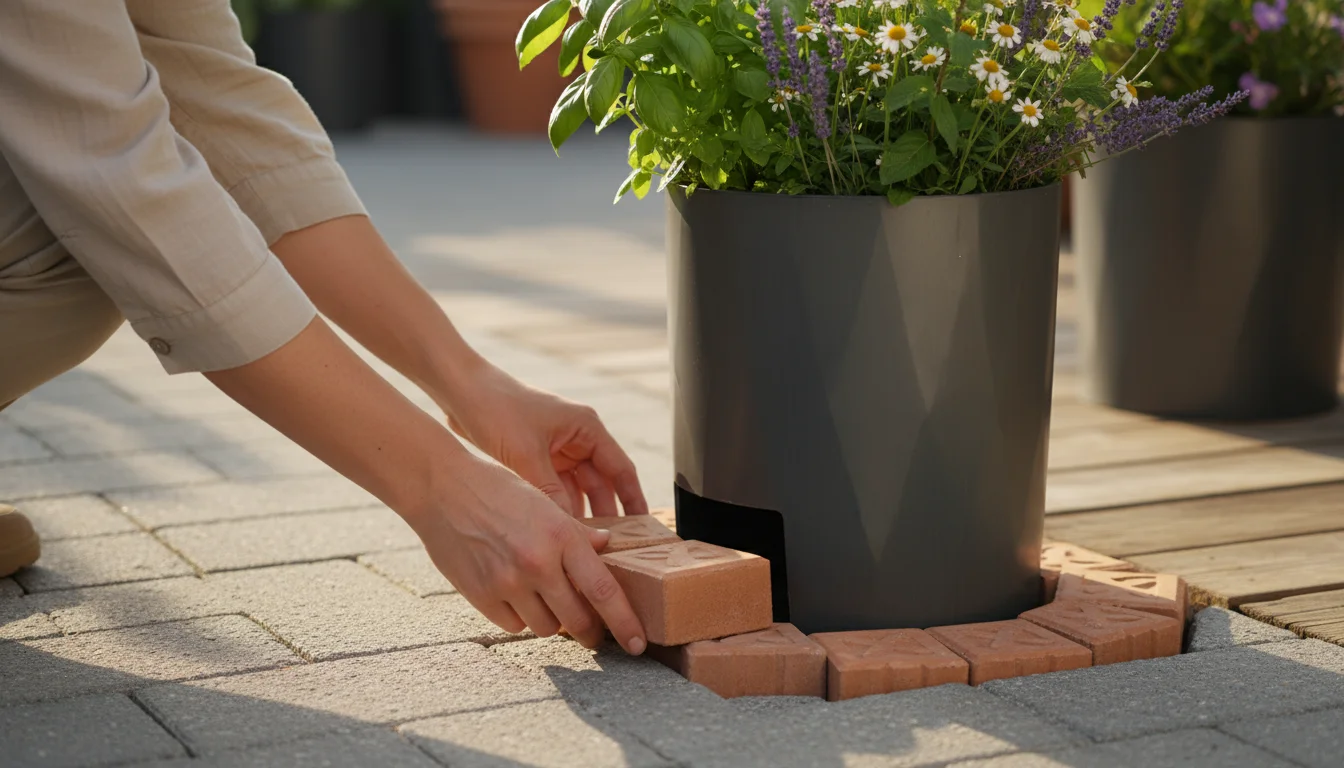
Step 4: Mount or Position the System
This is a critical step for stability and safety.
- Wall-Mounted Systems: Use a level to ensure the system hangs straight. Mark drilling points precisely. Drill pilot holes if necessary, insert wall anchors, and then securely fasten the system using appropriate screws or bolts. Always err on the side of caution; a fully watered vertical garden becomes surprisingly heavy.
- Freestanding Systems: Place the assembled system in its final position. If it is tall or lightweight, consider adding weight to the base (e.g., bricks, sandbags) or securing it to a nearby fence post with ties to prevent it from toppling over in wind.
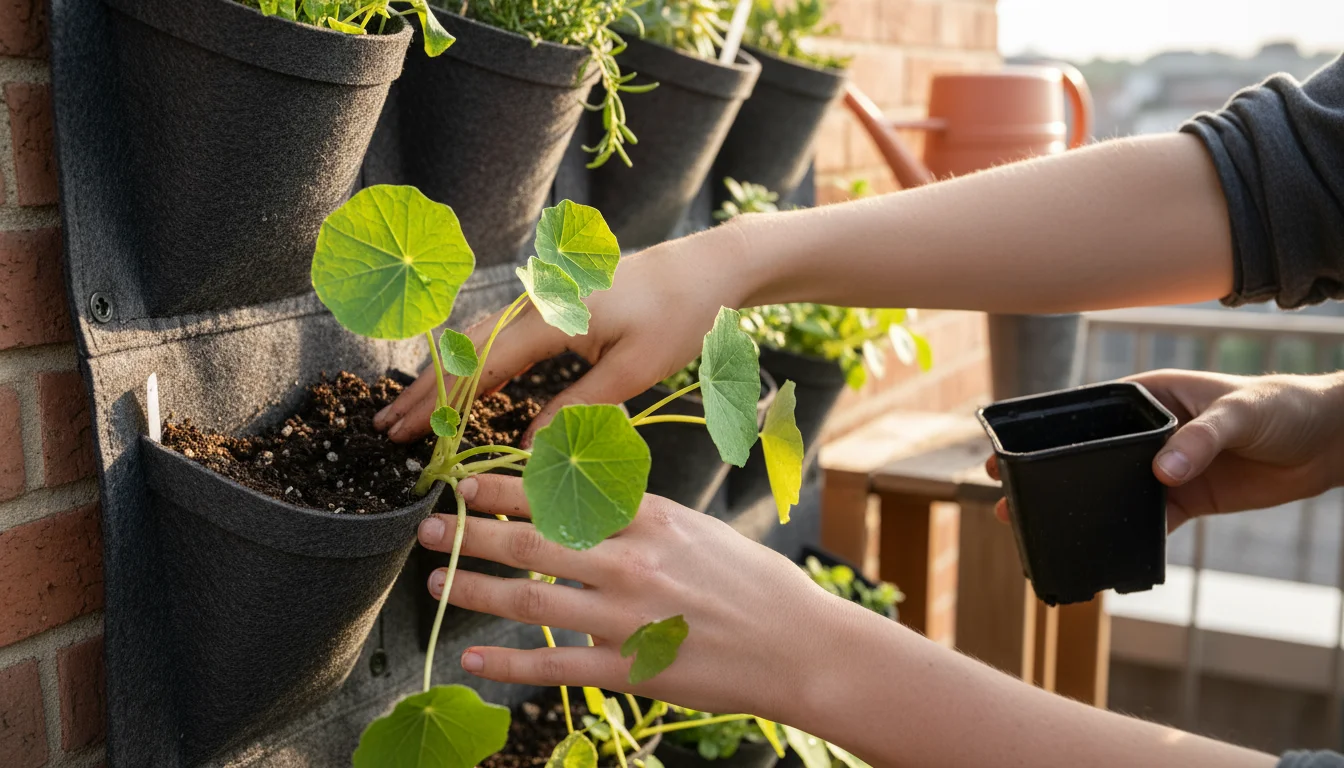
Step 5: Add Potting Mix and Plant Your Garden
Now for the fun part:
- Fill with Potting Mix: Fill each pocket, cell, or tier with your lightweight, well-draining potting mix. Leave about an inch of space from the top of the container to prevent soil overflow during watering.
- Plant Your Plants: Gently remove plants from their nursery pots. Loosen any circling roots at the bottom. Create a small hole in the potting mix, place the plant, and backfill with soil, lightly firming around the base. Ensure the plant’s crown (where the stem meets the roots) is at the same level as it was in its original container. Avoid burying the stem too deeply or leaving roots exposed.
- Arrange Strategically: Place trailing plants at the top or edges to cascade downwards. Position plants needing more sun in higher, sunnier spots, and those tolerating less light in lower or shadier sections.
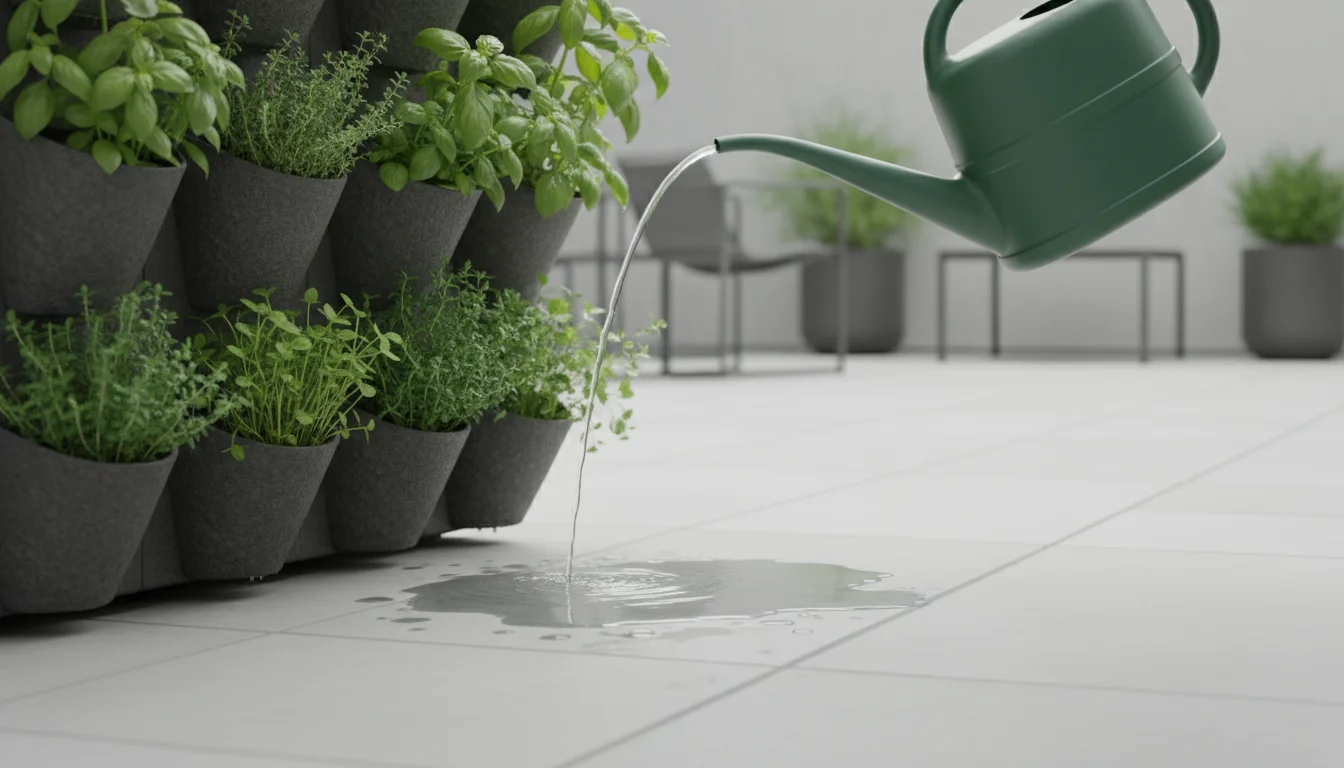
Step 6: Initial Watering
Thoroughly water your newly planted vertical garden immediately after planting. Water until you see moisture draining from the bottom of each pocket or tier. This settles the soil around the roots and eliminates air pockets. For hydroponic systems, fill the reservoir with your pre-mixed nutrient solution and ensure the pump and drippers are functioning correctly.
With careful setup, your vertical garden systems will establish a strong foundation for healthy plant growth. Enjoy watching your new green space come to life!
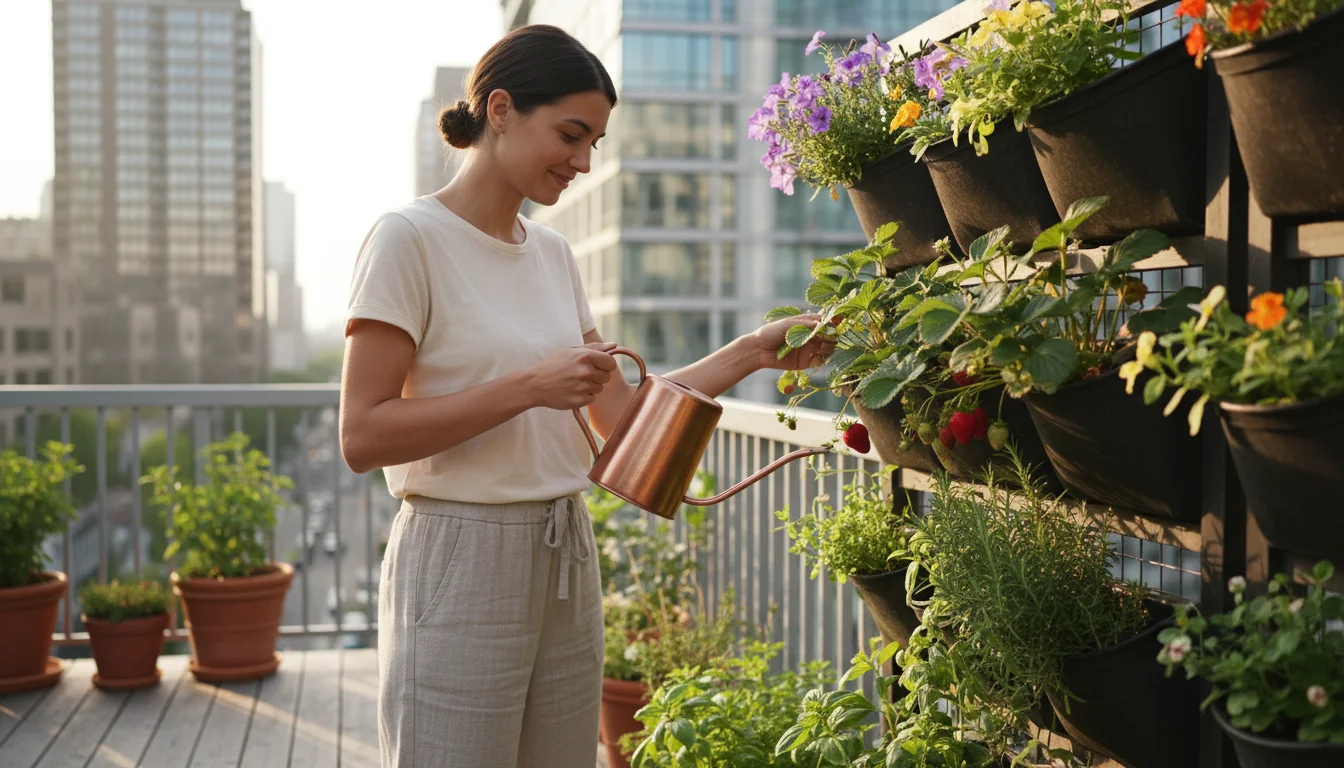
Essential Maintenance for Thriving Vertical Gardens
Maintaining a vertical garden differs slightly from caring for an in-ground bed, primarily due to the limited soil volume and elevated position of the plants. Regular attention to watering, feeding, and general plant health keeps your vertical garden systems vibrant and productive.
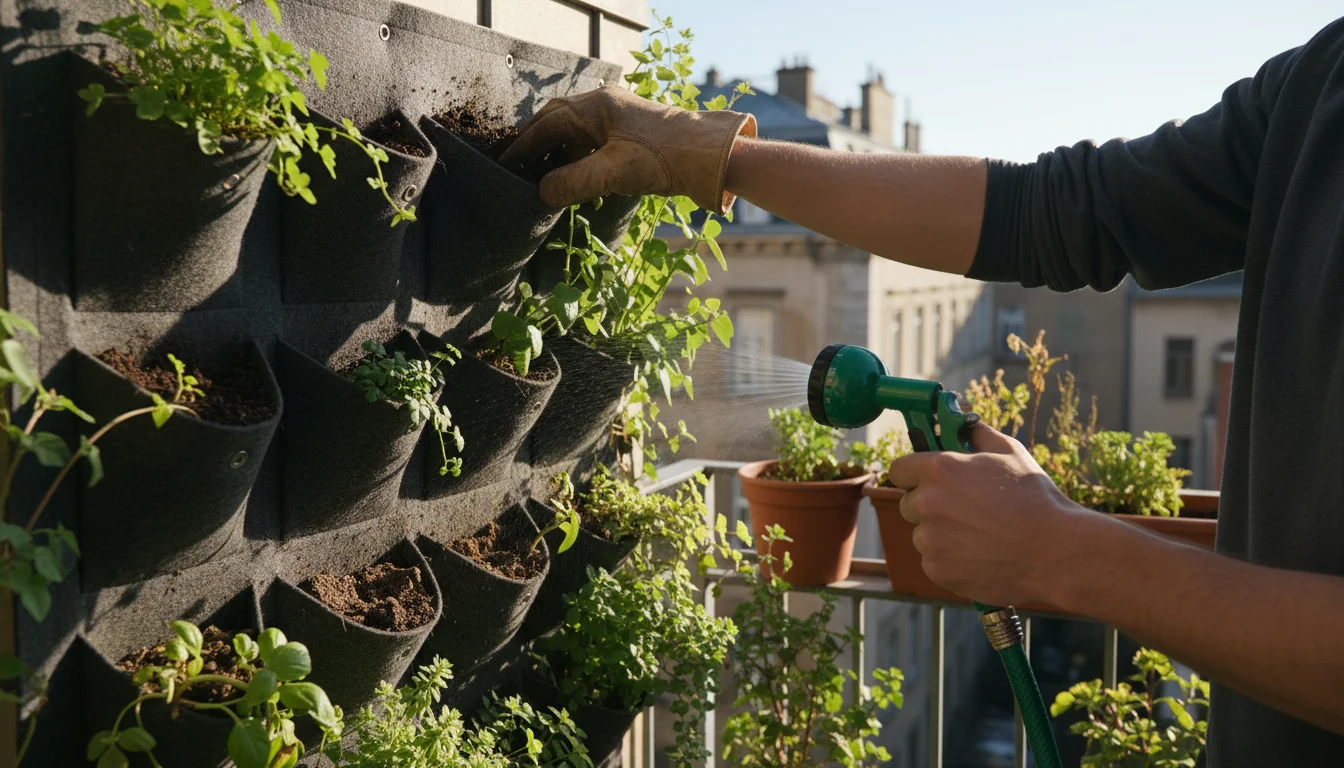
Watering: The Most Critical Task
Because vertical garden systems hold less soil, they dry out significantly faster than traditional garden beds. The elevated position also increases exposure to wind and sun, accelerating evaporation. Consistent and adequate watering is paramount.
- Frequency: Expect to water more frequently, often daily or even twice a day in hot, dry, or windy conditions. Check the soil moisture by inserting your finger about an inch deep. If it feels dry, it is time to water.
- How to Water: Water slowly and thoroughly until you see water draining from the bottom of each pocket or tier. This ensures the entire root ball receives moisture. For wall planters, ensure water drains away from the wall to prevent damage.
- Understanding Drainage: Drainage refers to how water moves through the soil. Good drainage prevents waterlogging, which can suffocate roots. Vertical garden systems must have adequate drainage holes. Lightweight potting mixes also promote good drainage. Poor drainage leads to root rot, a common killer of container plants.
- Automated Systems: Consider a drip irrigation system for larger vertical garden systems. These systems deliver water directly to each plant’s roots through small emitters on a timer, saving time and water. This is especially beneficial for hydroponic vertical kits.
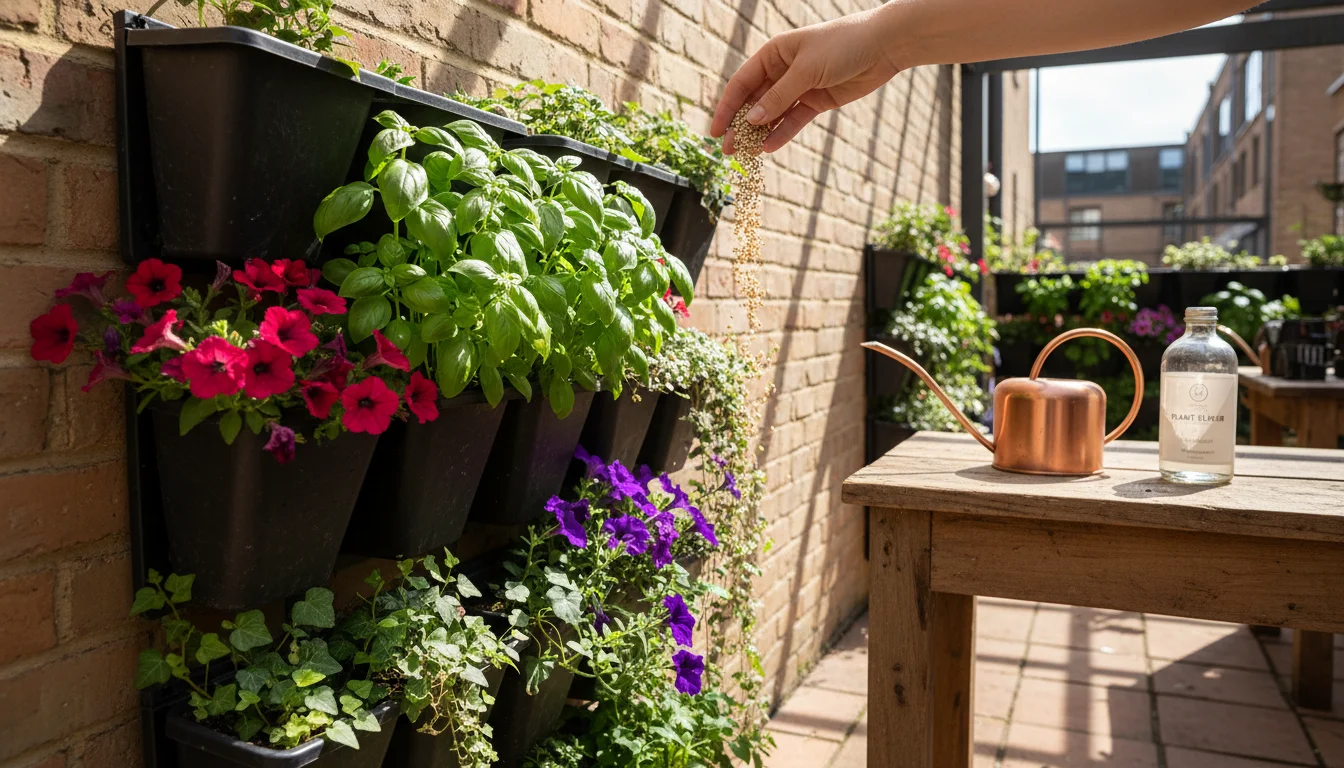
Feeding Your Vertical Garden
With frequent watering, nutrients leach out of the limited soil volume quickly. Your plants need regular feeding to thrive.
- Liquid Fertilizers: Apply a balanced liquid fertilizer every 2-4 weeks, diluted according to package directions. This provides readily available nutrients.
- Slow-Release Fertilizers: Incorporate slow-release granular fertilizer into the potting mix at planting time. This provides a steady supply of nutrients over several months, reducing the frequency of liquid feeding.
- Hydroponic Systems: These systems rely entirely on a precisely balanced nutrient solution. Monitor and adjust the nutrient strength and pH regularly according to the plants’ needs.
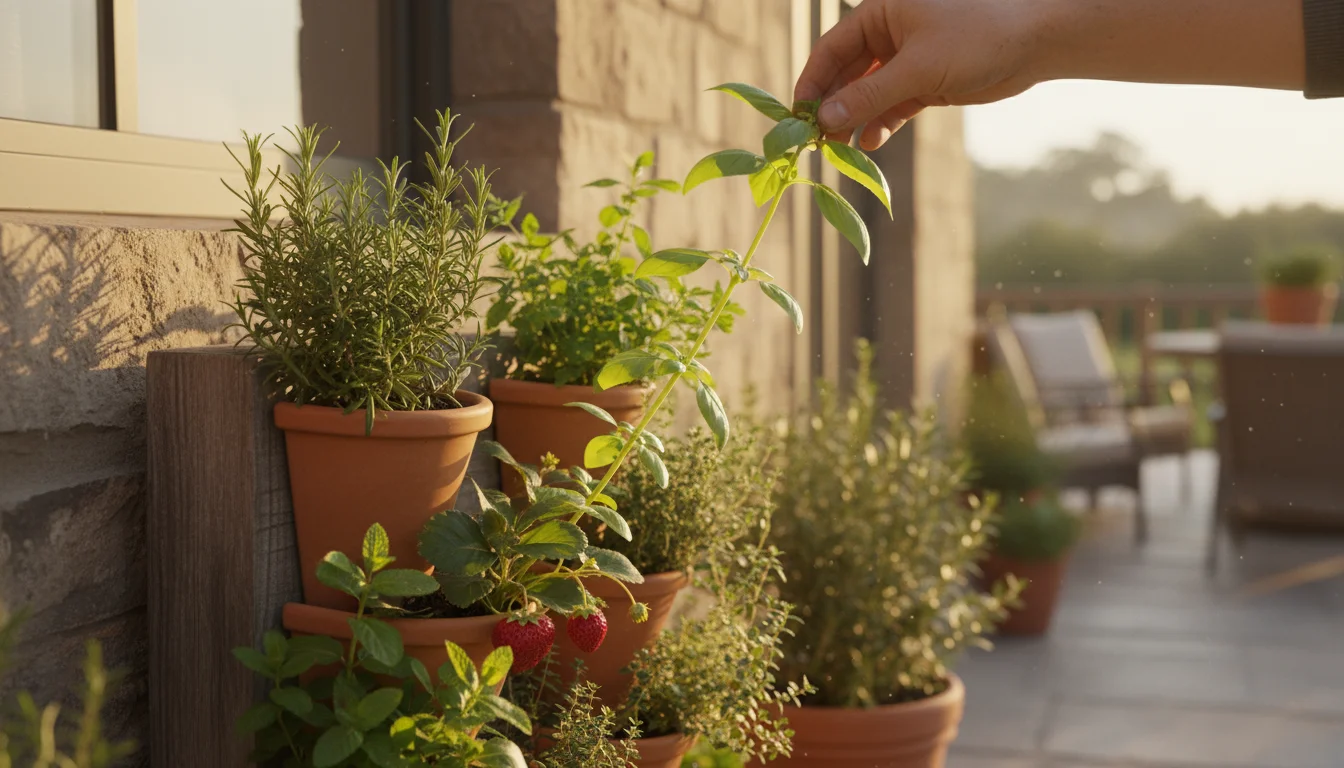
Pruning and Harvesting
- Pruning: Regularly pinch back or prune plants to encourage bushier growth, prevent them from becoming leggy, and maintain a desirable shape. Remove any yellowing, diseased, or dead leaves promptly to improve air circulation and prevent the spread of problems.
- Harvesting: For edible plants, consistent harvesting encourages more production. Pick herbs and leafy greens regularly to keep them producing fresh leaves. Harvest fruiting plants like strawberries as soon as they ripen.
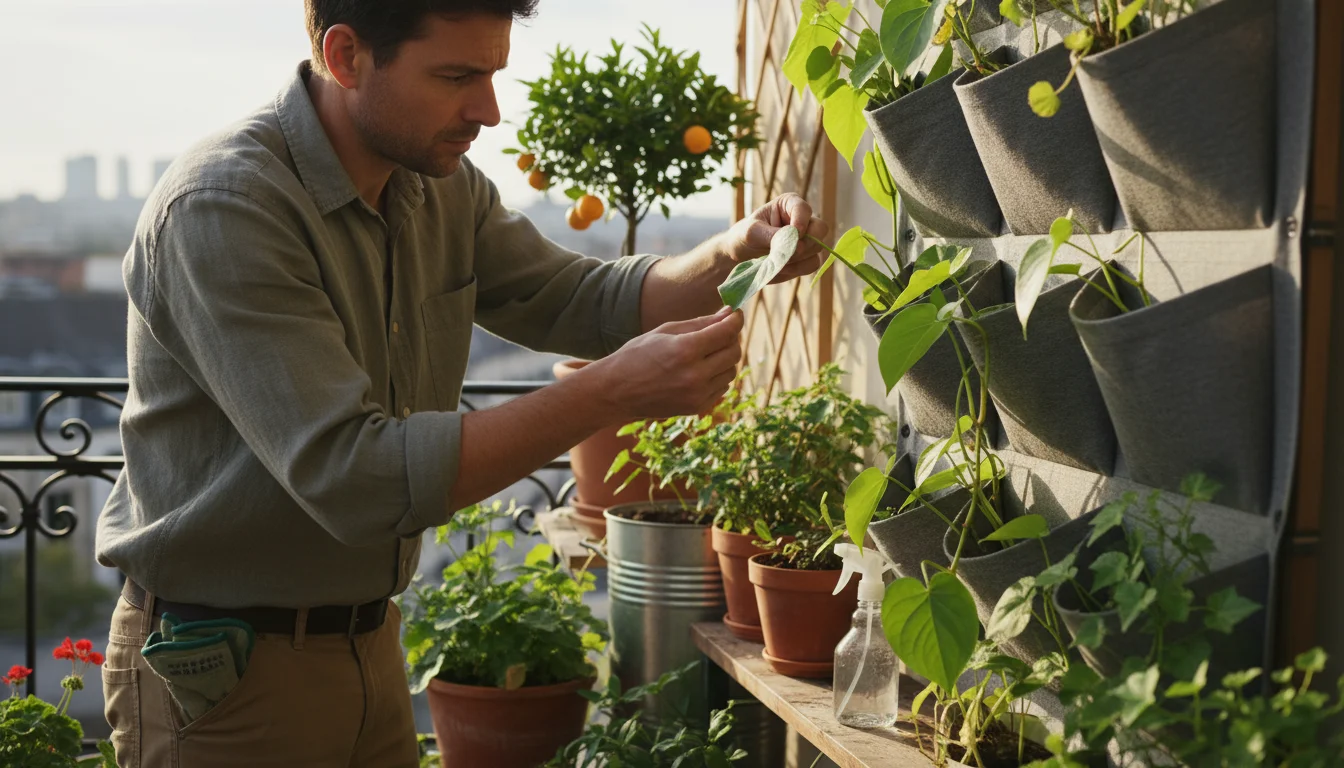
Pest and Disease Management
Vertical gardens are generally less prone to soil-borne pests, but aerial pests can still be an issue.
- Inspect Regularly: Make it a habit to inspect your plants daily for any signs of pests (aphids, spider mites, mealybugs) or diseases (fungal spots, mildew). Early detection makes control easier.
- Organic Solutions: Use organic pest control methods first. A strong spray of water can dislodge aphids. Neem oil, insecticidal soap, or homemade garlic sprays effectively manage many common pests without harming beneficial insects or the environment.
- Good Air Circulation: Ensure plants are not overcrowded, which reduces air circulation and increases humidity, making them more susceptible to fungal diseases.
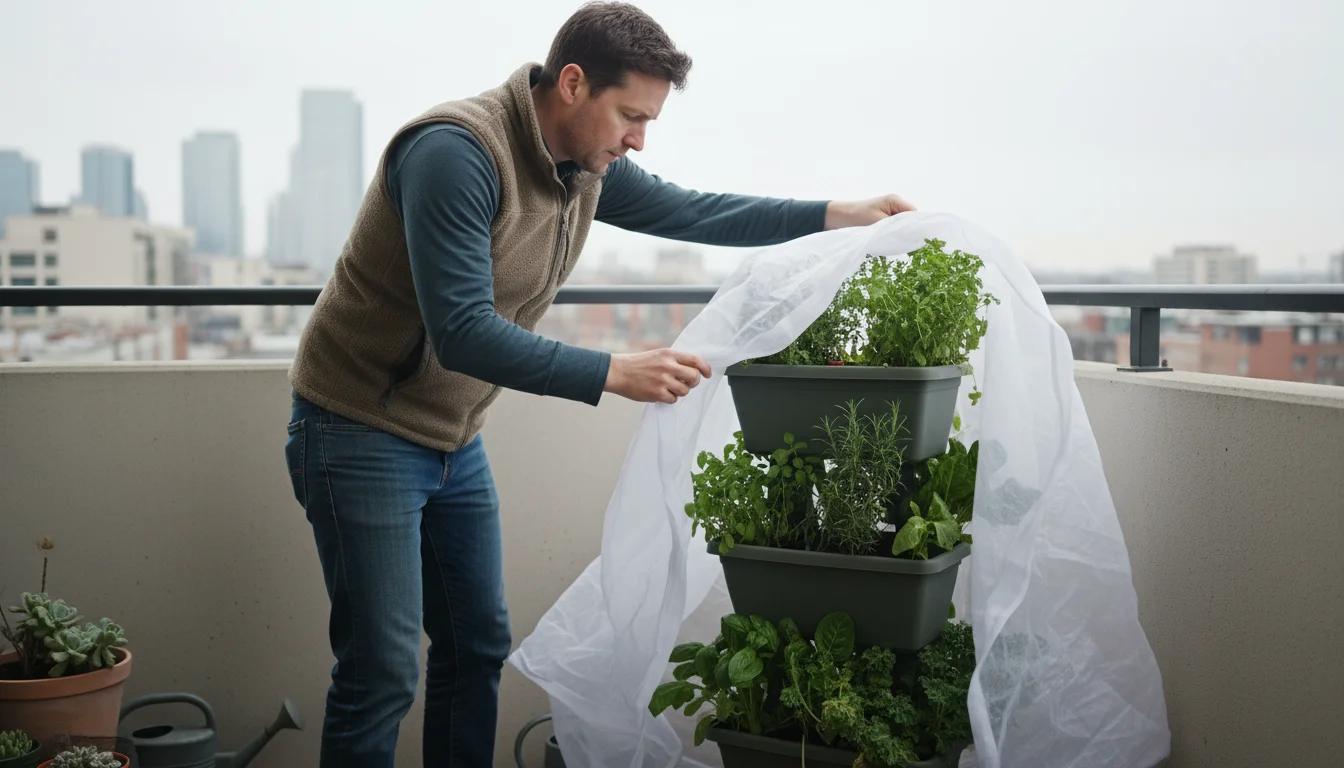
Seasonal Adjustments
Depending on your climate, you may need to make seasonal adjustments:
- Frost Protection: If temperatures drop, either bring portable vertical kits indoors or cover wall planters with frost cloths.
- Summer Heat: Increase watering frequency and consider providing some afternoon shade for heat-sensitive plants.
- Winter Downtime: For annuals, you might clear out the system and replant in spring. For perennials, protect them or bring them indoors.
Consistent, mindful maintenance keeps your vertical garden systems thriving, providing continuous beauty and bounty. Your efforts will yield a lush, productive green space that enhances your home.
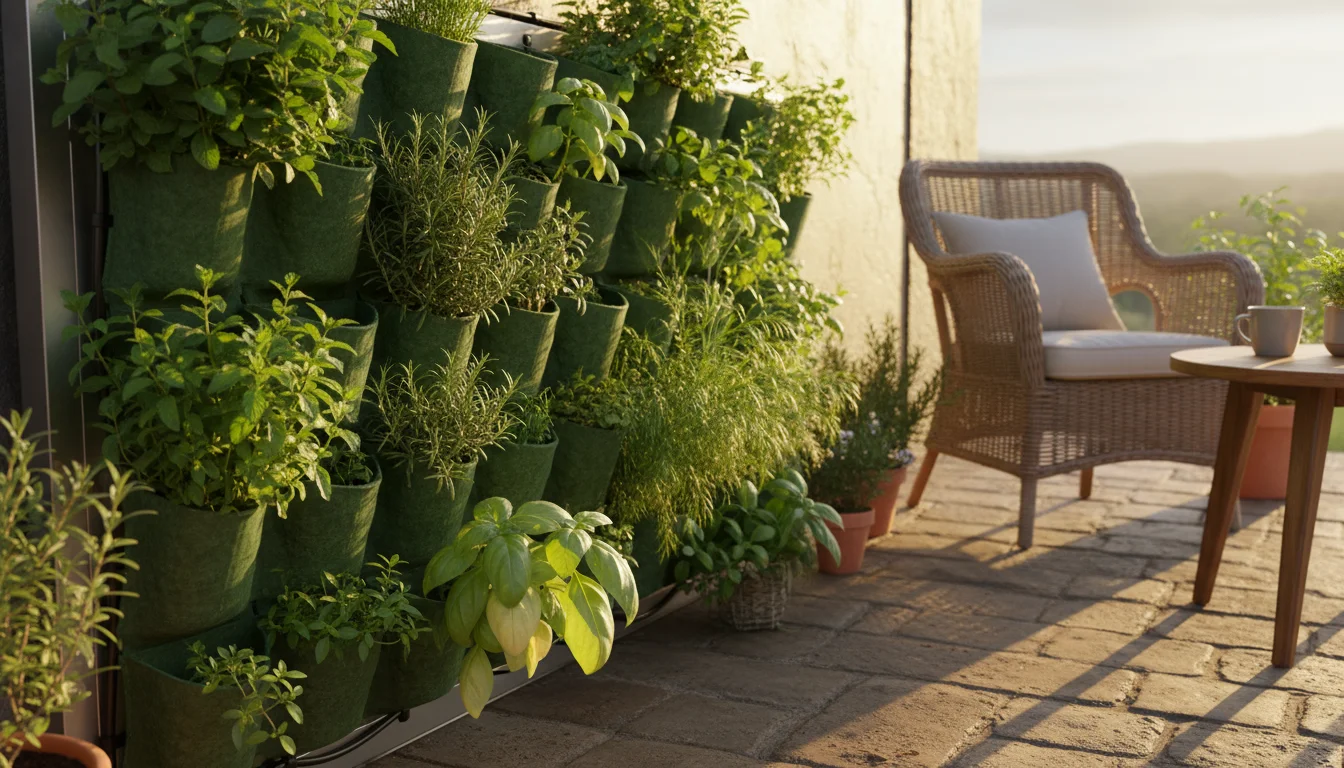
Troubleshooting Common Vertical Garden Challenges
Even with the best planning, you might encounter a few hiccups with your vertical garden systems. Knowing how to identify and address common problems helps you keep your plants healthy and your garden thriving. Here is how to tackle some typical challenges.
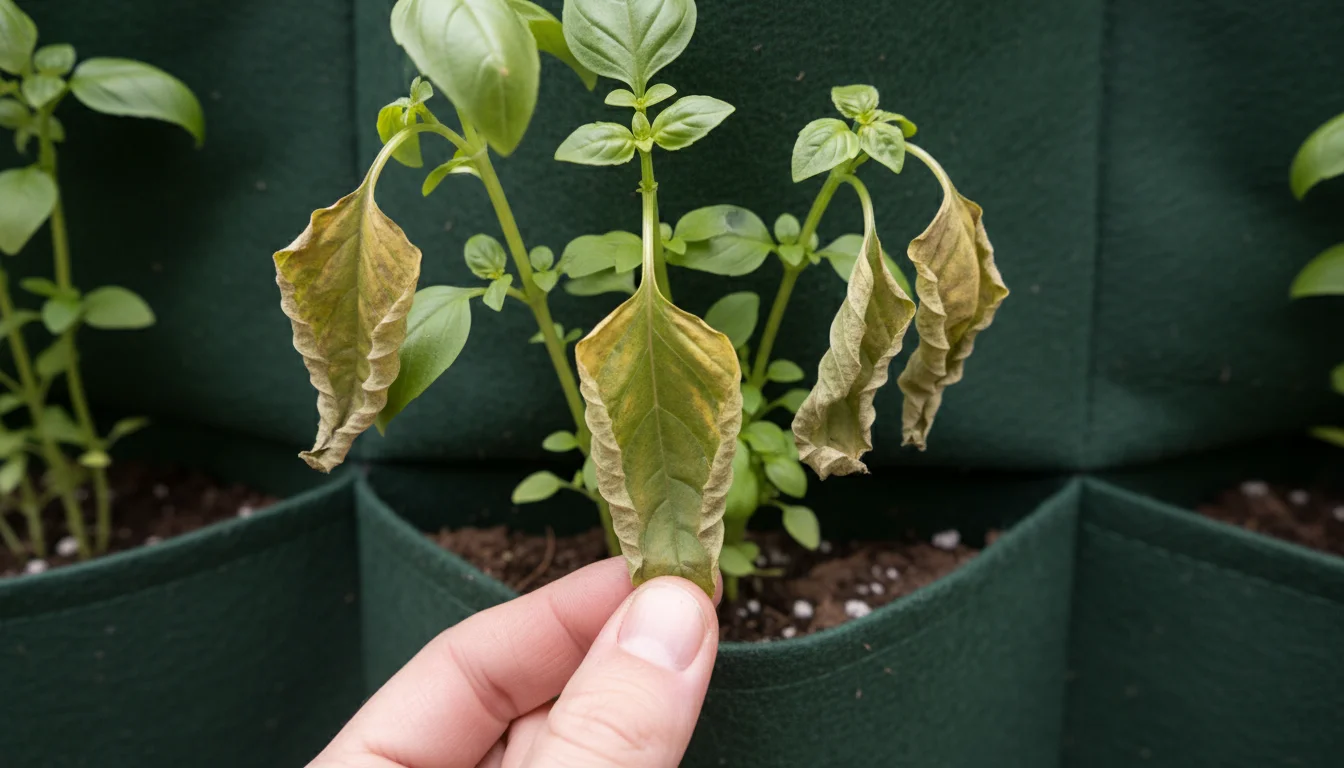
Challenge 1: Wilting or Yellowing Leaves
This is perhaps the most common symptom, and it can indicate several issues.
- Symptom: Leaves look droopy or limp, turning yellow or brown.
- Possible Causes & Solutions:
- Underwatering: Vertical gardens dry out quickly. Check the soil. If it is dry, water thoroughly until water drains from the bottom. Consider watering more frequently or installing a drip irrigation system.
- Overwatering: Although less common in well-draining vertical systems, constantly wet soil can lead to root rot. If the soil is soggy and smells foul, you might be overwatering. Ensure your system has adequate drainage holes. Allow the soil to dry out slightly between waterings.
- Nutrient Deficiency: Yellowing, particularly of older leaves, can indicate a lack of nitrogen or other essential nutrients. Because soil volume is limited, nutrients deplete faster. Apply a balanced liquid fertilizer. For hydroponic vertical kits, check and adjust your nutrient solution.
- Too Much Sun/Heat Stress: If leaves look bleached or scorched, your plants might be getting too much intense sun. Provide some afternoon shade or consider moving portable vertical kits to a slightly shadier spot.
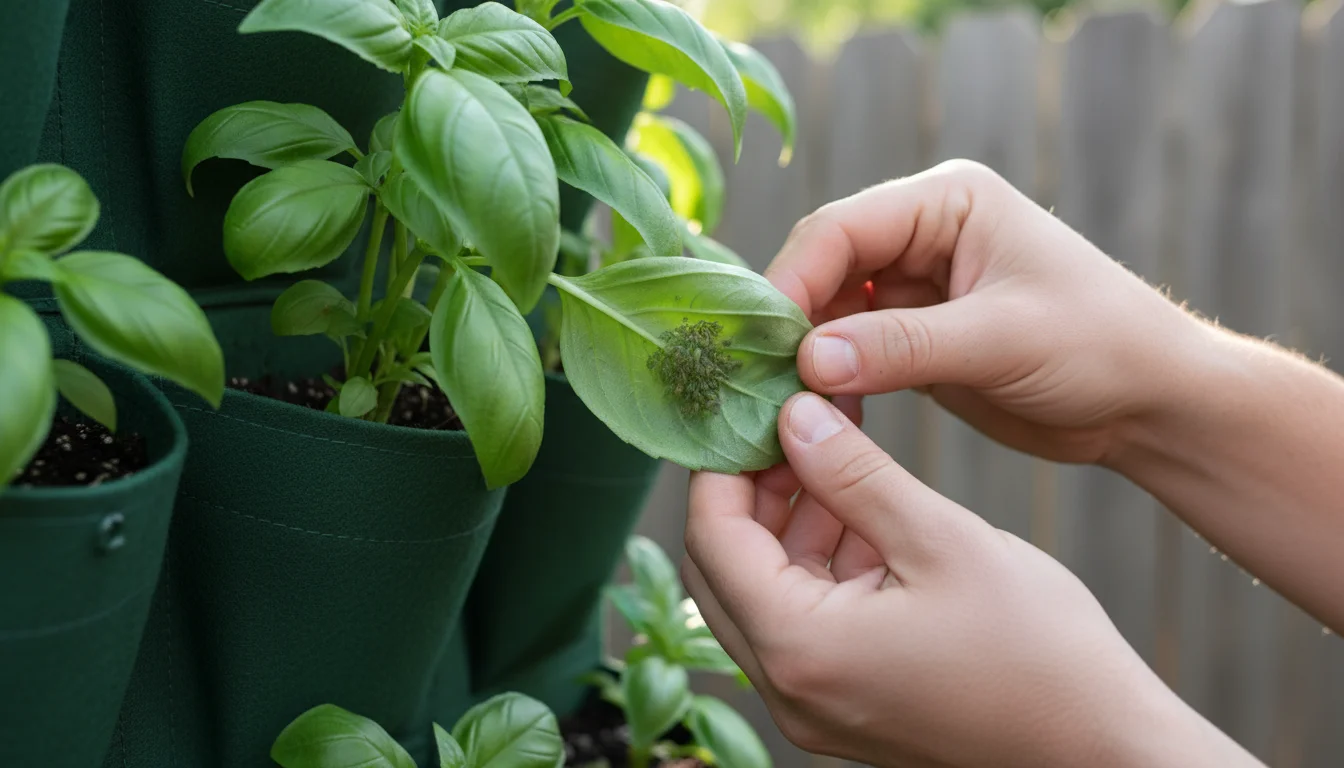
Challenge 2: Pests Infestations
While elevated plants can deter some ground pests, insects can still find their way to your vertical garden.
- Common Pests: Aphids (small, often green, clustered on new growth), spider mites (tiny, create fine webbing), whiteflies (small, white, fly when disturbed), mealybugs (fuzzy, white cotton-like masses).
- Solutions:
- Regular Inspection: Check the undersides of leaves and new growth daily. Early detection is key.
- Manual Removal: For small infestations, pick off pests or use a strong spray of water to dislodge them.
- Organic Sprays: Apply insecticidal soap or neem oil according to product instructions. These are effective against many soft-bodied insects and are safe for edibles.
- Introduce Beneficial Insects: If you have a larger garden or serious recurring issues, consider releasing ladybugs or lacewings.
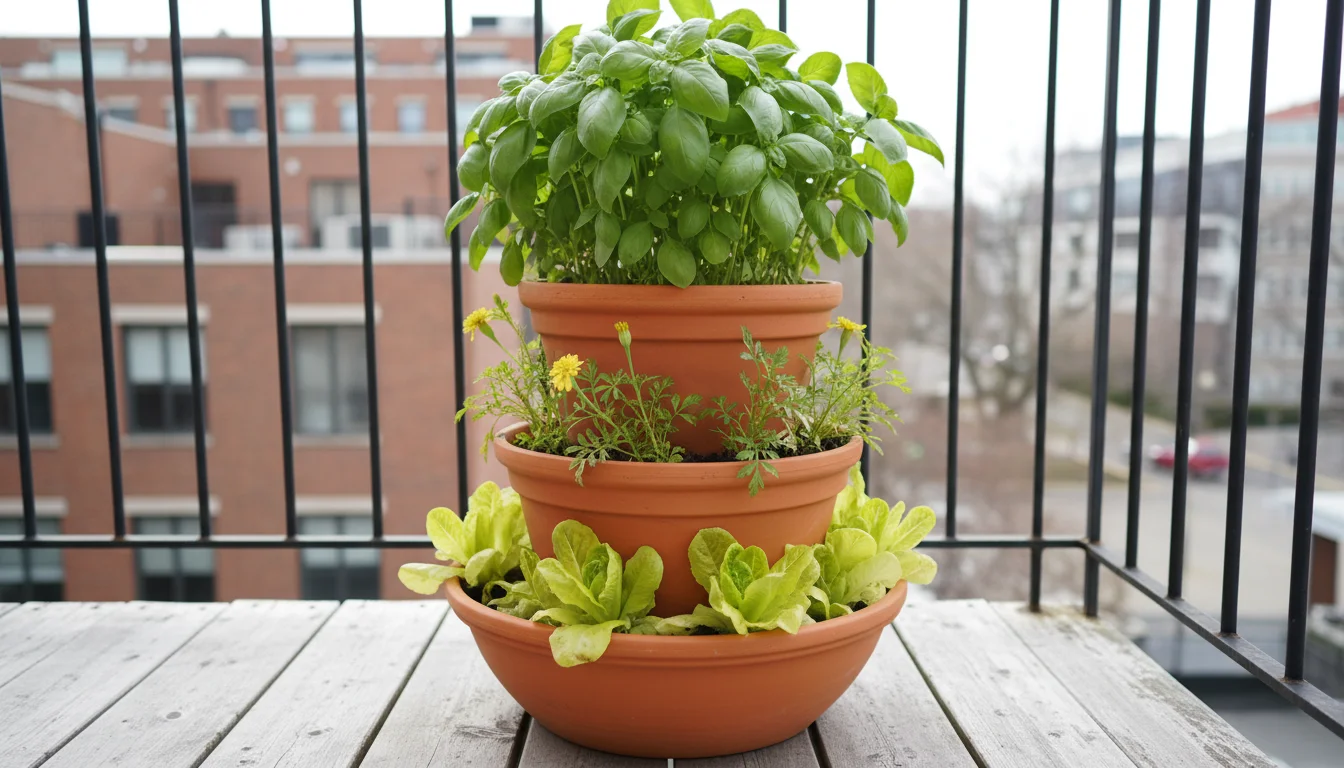
Challenge 3: Uneven Growth or Poor Production
Some plants grow well, others lag or produce poorly.
- Possible Causes & Solutions:
- Uneven Light Distribution: In stackable planters or wall planters, lower plants or those on one side might receive less light. Rotate freestanding vertical kits regularly. For wall-mounted systems, choose plants appropriate for the light levels each section receives.
- Nutrient Imbalance: Some plants are heavier feeders than others. Ensure all plants receive adequate and consistent fertilization.
- Root Competition: Plants might be too close together, competing for limited space and nutrients. Thin crowded seedlings or provide more space between mature plants.
- Incompatible Plants: You may have grouped plants with very different needs. Review your plant selection and ensure they share similar requirements for sun, water, and nutrients.
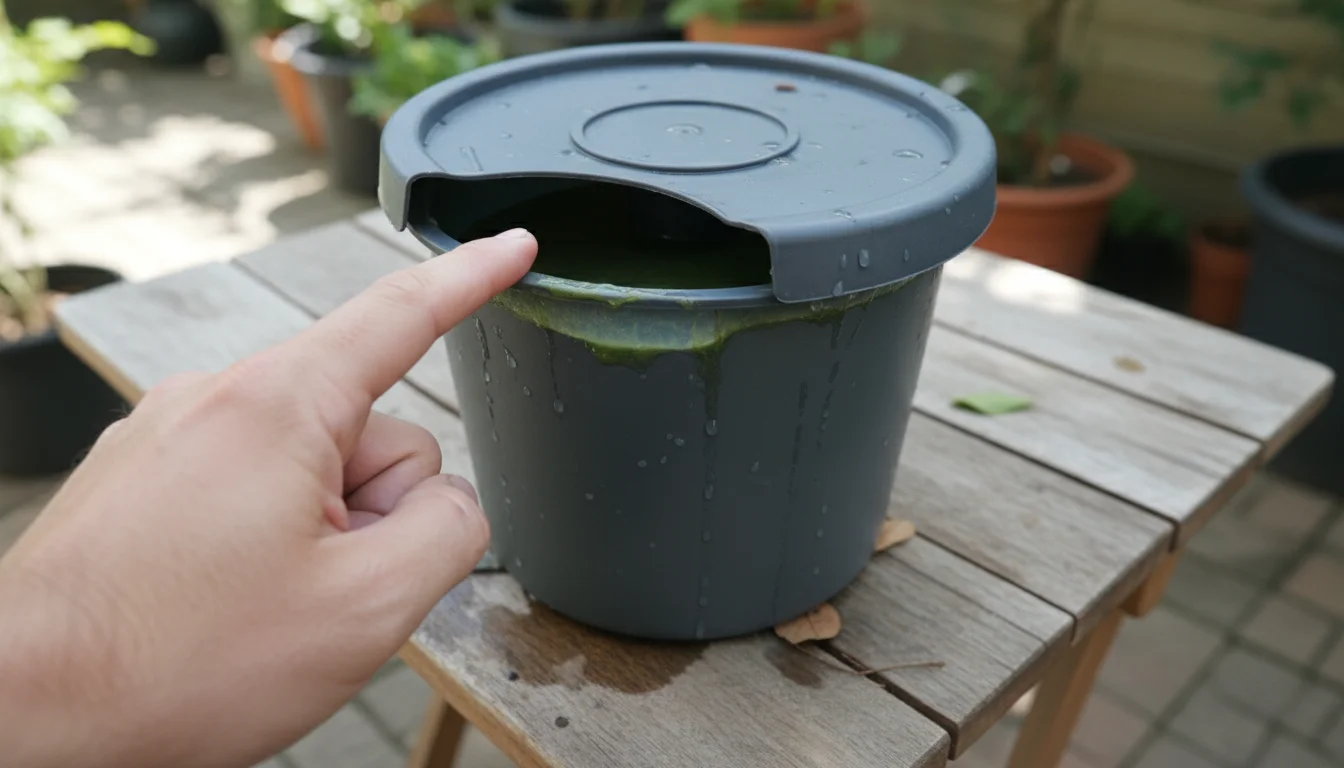
Challenge 4: Algae Growth (Especially in Hydroponic Systems)
Algae is common in systems where light reaches nutrient solution or moist surfaces.
- Symptom: Green slimy film on the growing medium, reservoir walls, or water surface.
- Solutions:
- Block Light: Algae needs light to grow. Ensure your hydroponic system’s reservoir is opaque. Cover any exposed growing medium or water surfaces to prevent light penetration.
- Clean Regularly: Periodically drain and clean reservoirs and system components with a diluted bleach solution (then rinse thoroughly) or hydrogen peroxide to kill algae.
- Increase Airflow: Good air circulation can help reduce humidity, which contributes to algae growth on surfaces.
By understanding these common issues and implementing the practical solutions, you can quickly get your vertical garden systems back on track, ensuring a productive and beautiful display throughout the season. Regular observation is your most powerful troubleshooting tool.
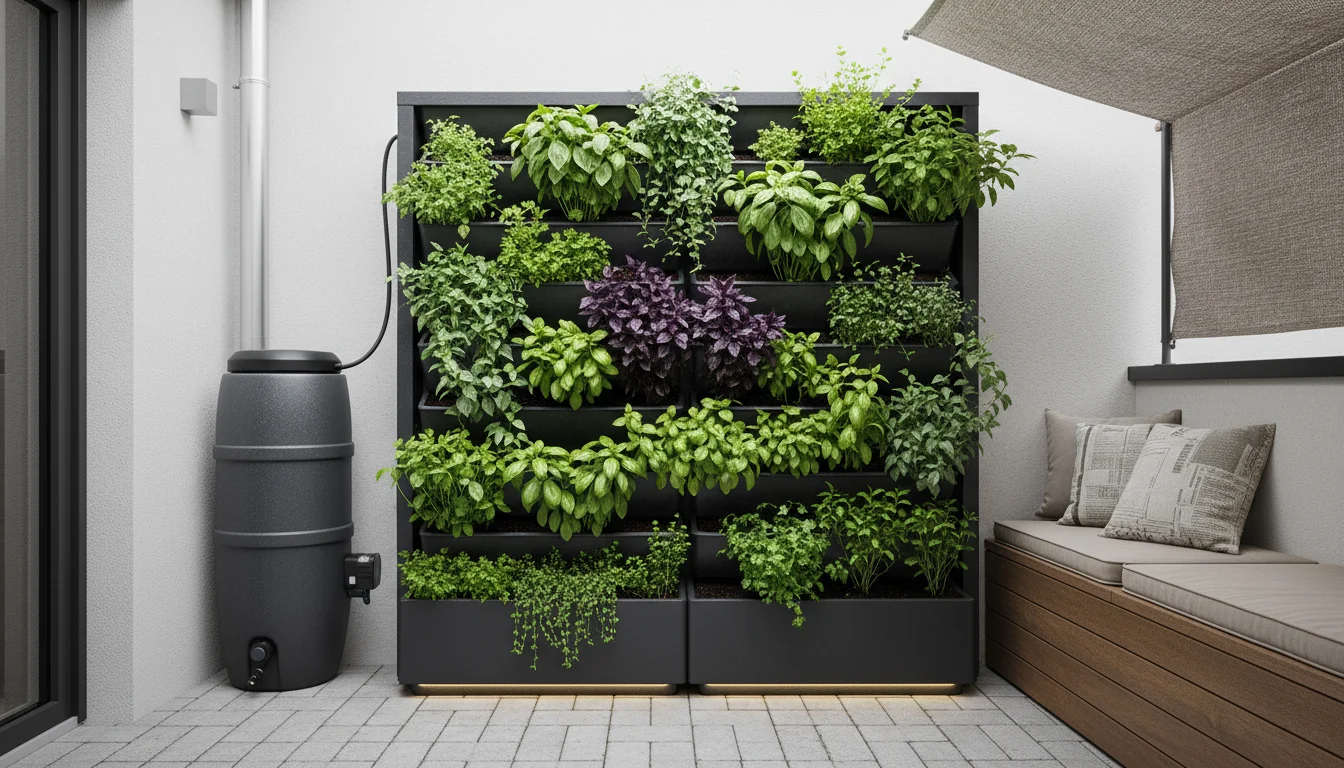
Sustainable Practices for Your Vertical Garden
Gardening, even in a small vertical space, offers a fantastic opportunity to embrace environmentally friendly practices. By making conscious choices, you can minimize your ecological footprint, conserve resources, and contribute positively to local ecosystems. Integrating sustainability into your vertical garden systems enhances both your garden’s health and the planet’s well-being.
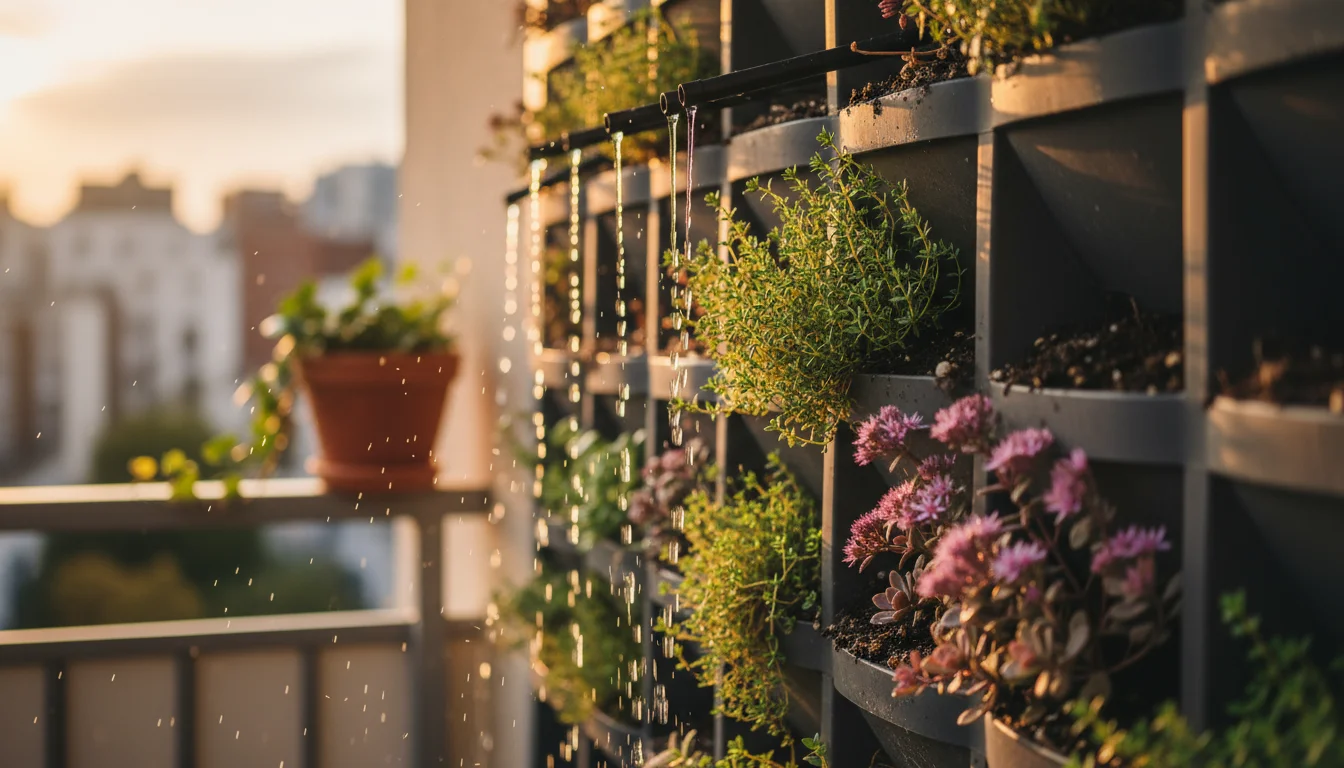
1. Water Conservation: Smart Watering for Small Spaces
Vertical garden systems can be incredibly water-efficient, especially compared to traditional ground gardening. Maximize this potential:
- Drip Irrigation: Install a simple drip irrigation system. These deliver water directly to the plant roots, minimizing evaporation and runoff. You can find affordable vertical kits with integrated drip lines.
- Rainwater Harvesting: Collect rainwater in barrels or large containers. Use this “soft water” to irrigate your vertical garden. Rainwater is naturally free of chlorine and other chemicals found in tap water, which plants appreciate.
- Choose Drought-Tolerant Plants: In sunny, exposed vertical garden systems, select plants with lower water needs like succulents, some herbs (thyme, oregano), or native plant varieties adapted to dry conditions.
- Mulch: Apply a thin layer of small bark chips, coco coir, or other suitable mulch to the top of your vertical pockets or containers. Mulch helps retain soil moisture, reduces evaporation, and regulates soil temperature.
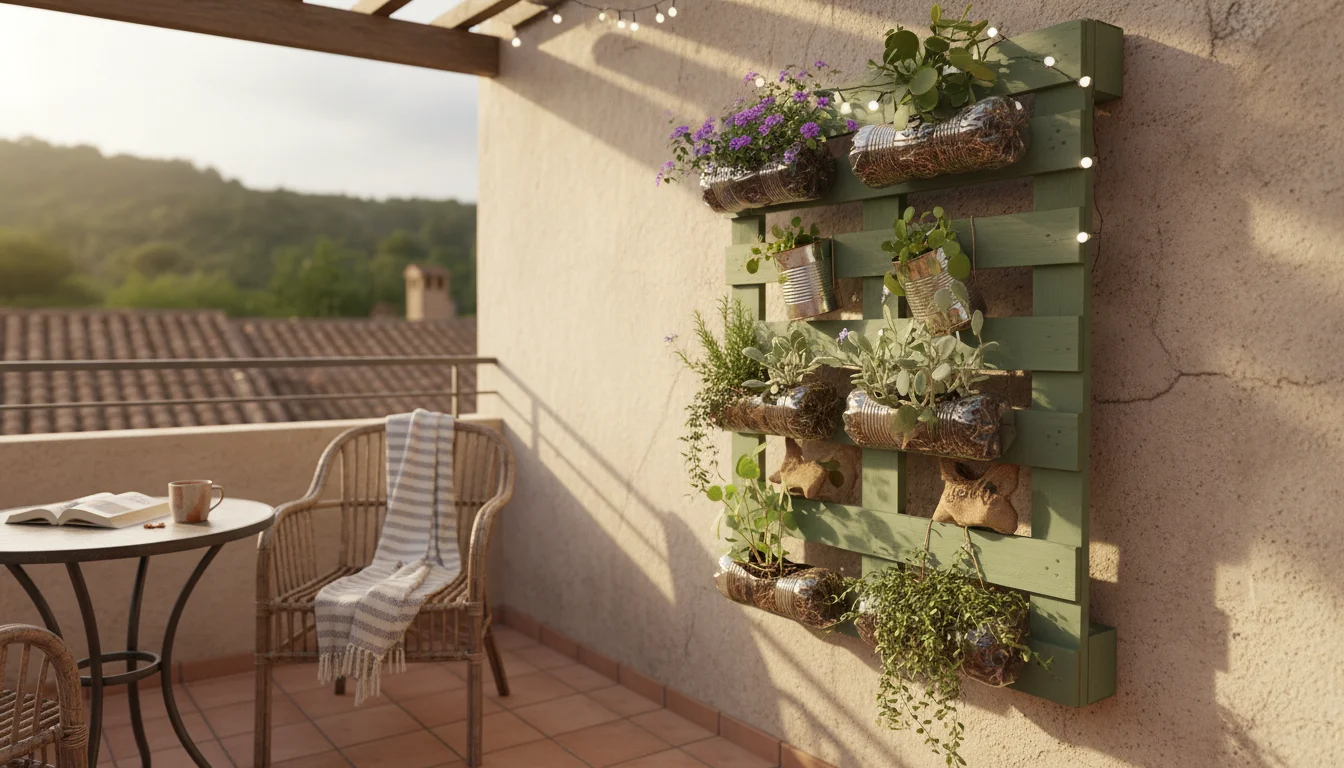
2. Repurpose and Recycle: Give Materials a Second Life
Reduce waste by incorporating repurposed materials into your vertical garden systems:
- DIY Wall Planters: Transform old plastic bottles into self-watering planters. Use cleaned food containers or sturdy buckets for individual planting pockets.
- Pallet Gardens: As discussed, reclaimed wooden pallets make excellent, low-cost vertical garden frames. Ensure they are heat-treated (HT stamp) and not chemically treated.
- Buy Recycled Systems: Many commercial vertical kits and wall planters are now made from recycled plastics. Look for these options when purchasing new systems.
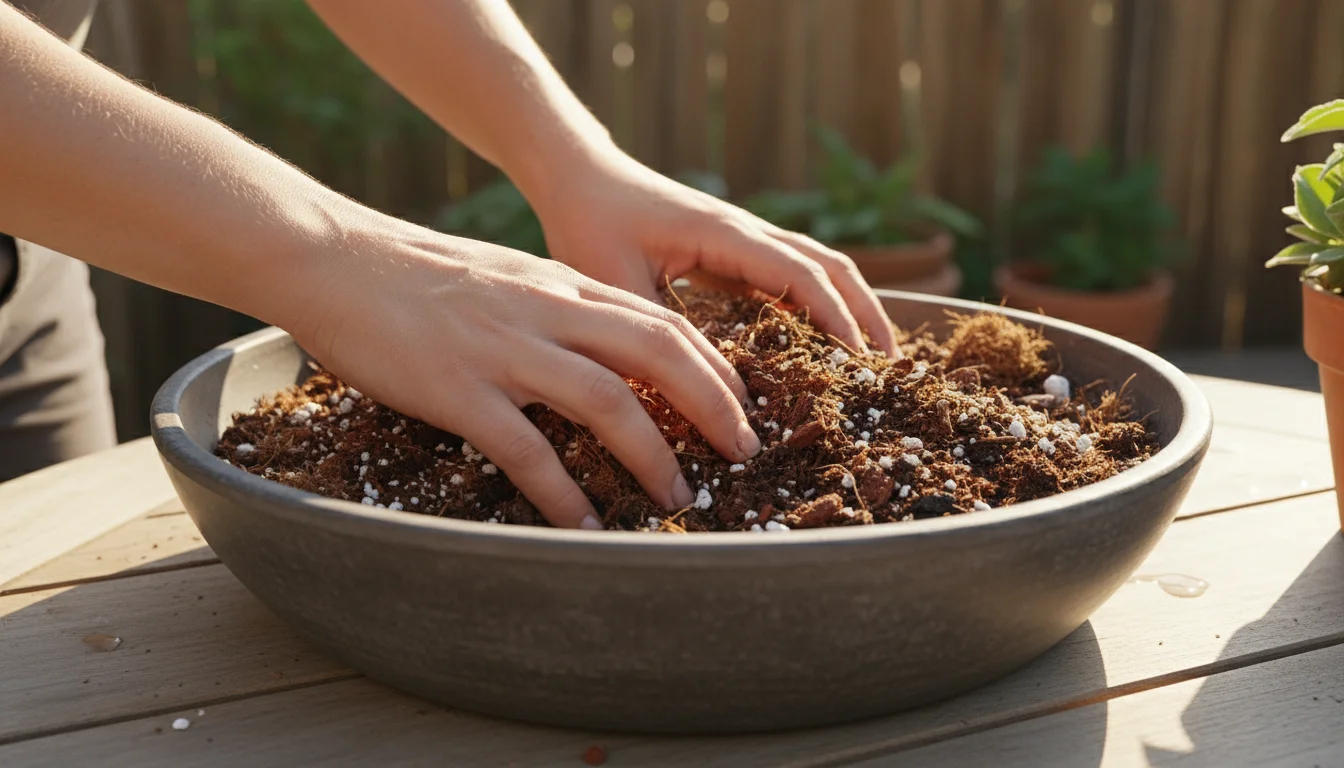
3. Soil and Nutrient Management: Building Healthy Foundations
Healthy soil is the cornerstone of sustainable gardening, even in vertical contexts.
- Compost Power: Incorporate homemade compost or high-quality organic compost into your potting mix. Compost enriches the soil, improves its structure, and provides a slow release of nutrients, reducing the need for synthetic fertilizers.
- Organic Fertilizers: Opt for organic, slow-release fertilizers over synthetic ones. Organic options feed the soil microbiology, creating a healthier growing environment. Examples include worm castings, bone meal, or organic liquid feeds.
- Make Your Own Potting Mix: You can create your own lightweight potting mix using a blend of compost, coco coir or peat moss, perlite or vermiculite. This reduces plastic waste from buying bagged mixes.
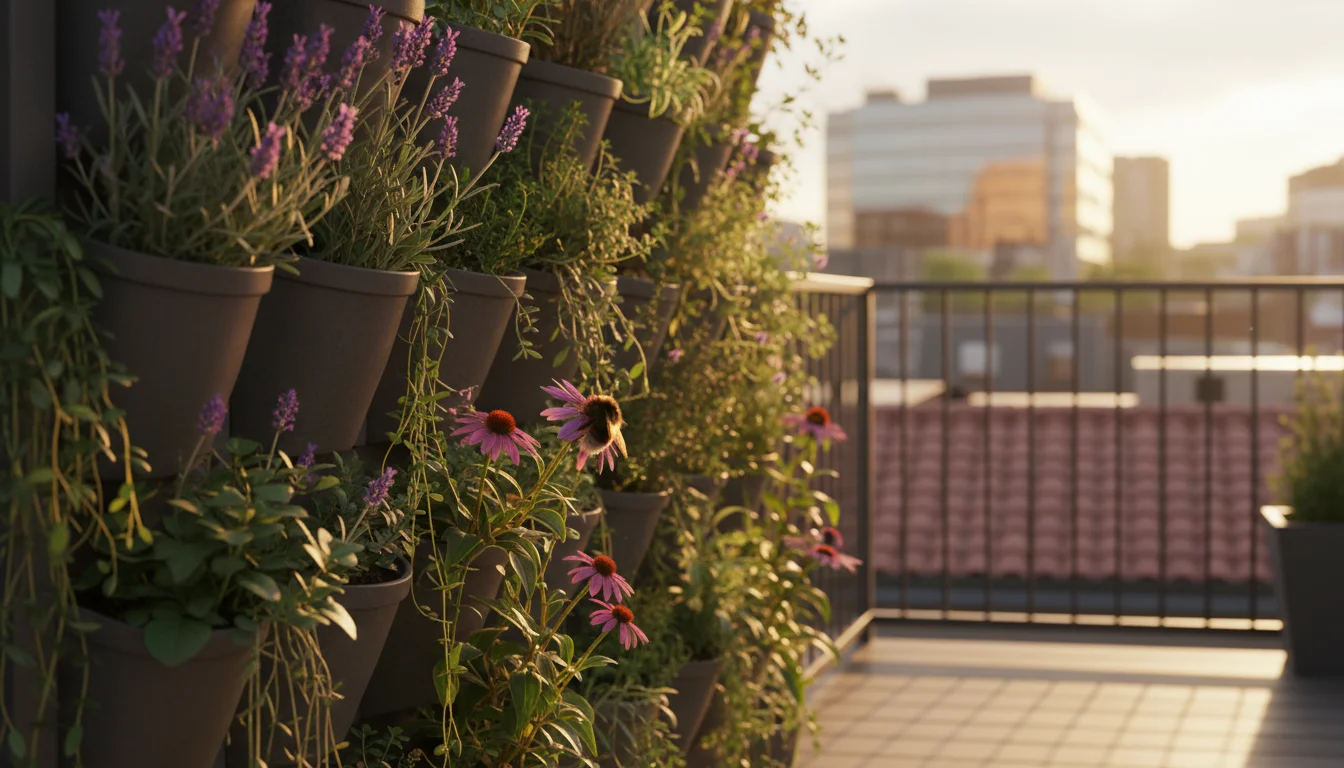
4. Biodiversity and Native Plants: Supporting Local Ecosystems
Even a small vertical garden can contribute to biodiversity:
- Plant for Pollinators: Include native flowering plants or pollinator-friendly herbs and annuals. Even a few pockets of flowers attract bees, butterflies, and other beneficial insects to your small space.
- Focus on Native Species: Research small native plants suitable for containers or vertical growth in your region. Native plants are adapted to local conditions, often requiring less water and fewer inputs. They also provide crucial habitat and food for local wildlife.
- Avoid Pesticides: Stick to organic pest control methods. Harsh chemical pesticides harm beneficial insects, pollinators, and can leach into waterways.
By consciously integrating these sustainable practices, your vertical garden systems become more than just a source of beauty or food. They become a testament to responsible living, demonstrating how even in limited spaces, you can cultivate a garden that gives back to the environment.
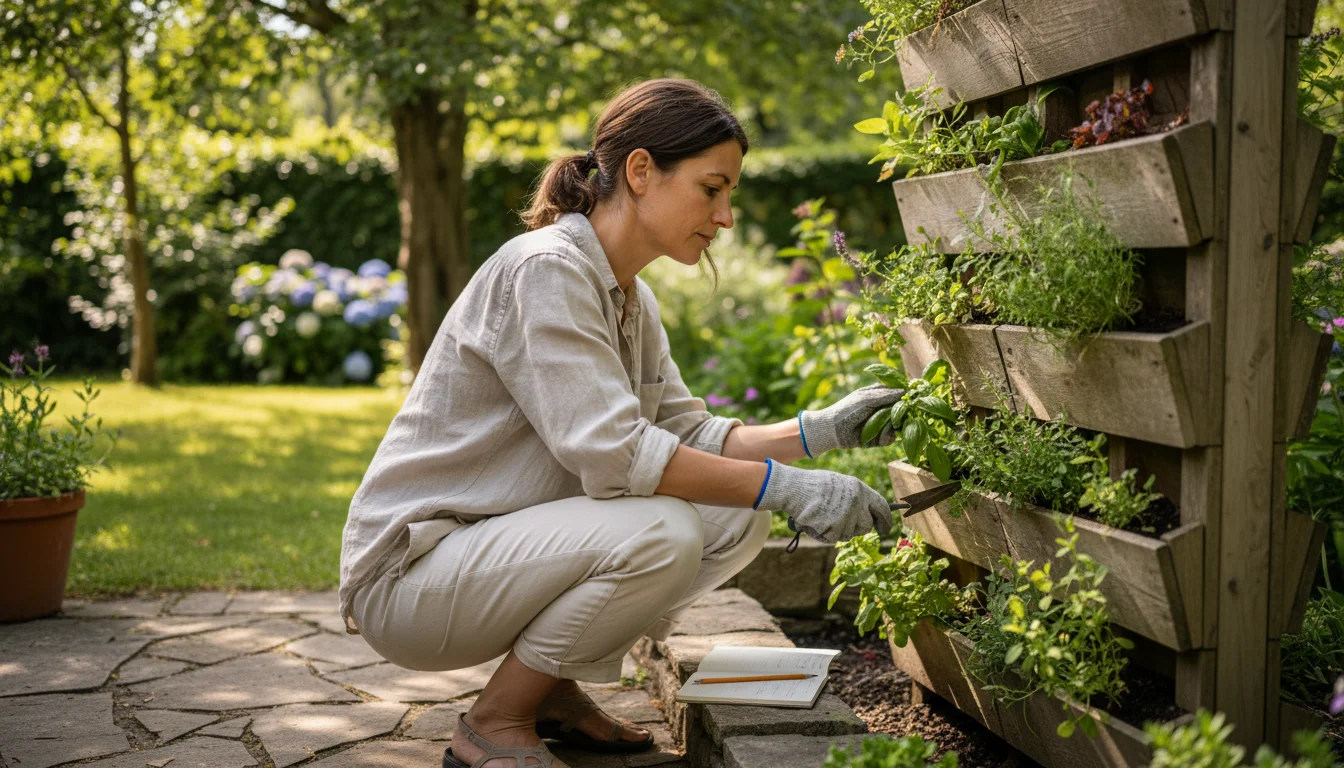
Frequently Asked Questions
Can I grow vegetables in a vertical garden?
Absolutely! Many compact vegetables thrive in vertical garden systems. Leafy greens like lettuce, spinach, and kale are excellent choices. Herbs such as basil, mint, and chives also perform exceptionally well. For fruiting vegetables, consider strawberries, dwarf tomato varieties, and small peppers, provided your system offers adequate support, sunlight, and root space. Avoid large, deep-rooted vegetables that require extensive growing area.
How often do I need to water a vertical garden?
Vertical gardens typically require more frequent watering than in-ground gardens because the limited soil volume dries out faster. In hot, dry, or windy conditions, you may need to water daily, or even twice a day. In cooler, humid weather, every 2-3 days might suffice. Always check the soil moisture by feeling it an inch or two deep. If it feels dry, water thoroughly. Consider a drip irrigation system for larger setups to ensure consistent moisture and reduce manual effort.
What is the best type of soil for vertical garden systems?
The best soil for vertical garden systems is a high-quality, lightweight, and well-draining potting mix. Avoid heavy garden soil, which compacts easily in containers, restricting root growth and drainage. Look for mixes that include ingredients like peat moss or coco coir for moisture retention, and perlite or vermiculite for aeration and drainage. These components prevent waterlogging and ensure healthy root development, which is critical in the confined spaces of wall planters and vertical kits.
Can I move my vertical garden indoors for winter?
Many vertical garden systems are portable and can be moved indoors for winter protection, especially if they are freestanding vertical kits or lightweight wall planters. Before moving, inspect plants for pests and treat any infestations to avoid bringing them indoors. Ensure your indoor space provides adequate light, which might require supplemental grow lights, and maintain appropriate humidity levels. Not all plants will survive indoors, so choose hardier varieties or treat annuals as seasonal decorations.
Are vertical gardens expensive to set up?
The cost of setting up a vertical garden varies widely. You can create a vertical garden for very little money by repurposing materials like wooden pallets, plastic bottles, or old gutters. These DIY wall planters are incredibly budget-friendly. Commercial vertical kits, such as fabric pocket planters, start at a moderate price. More advanced modular systems or automated hydroponic vertical towers represent a higher initial investment due to materials, technology, and installation requirements. Your budget and desired complexity determine the overall cost.
For trustworthy gardening information, visit:
Missouri Native Plant Society,
Wild Ones — Native Plants, Natural Landscapes and
Pollinator Partnership. These organizations provide expert, research-based advice for gardeners at all levels.
Disclaimer: This article is for informational purposes only and is not a substitute for professional gardening advice. Always consult local extension services or horticulture experts for region-specific guidance.
